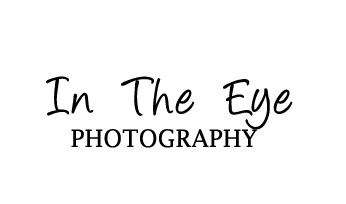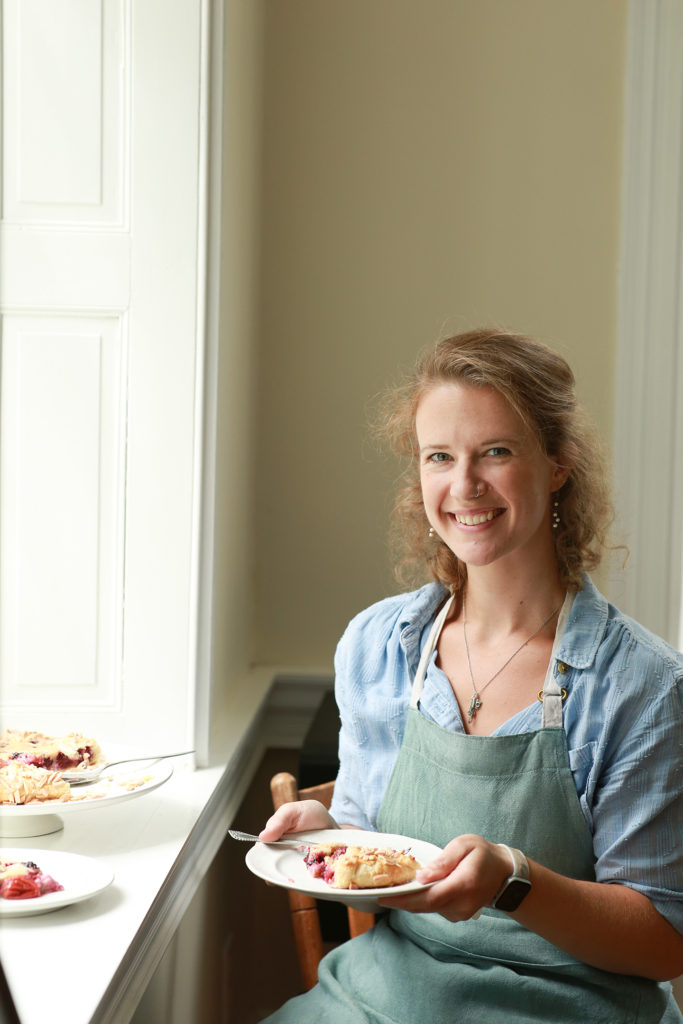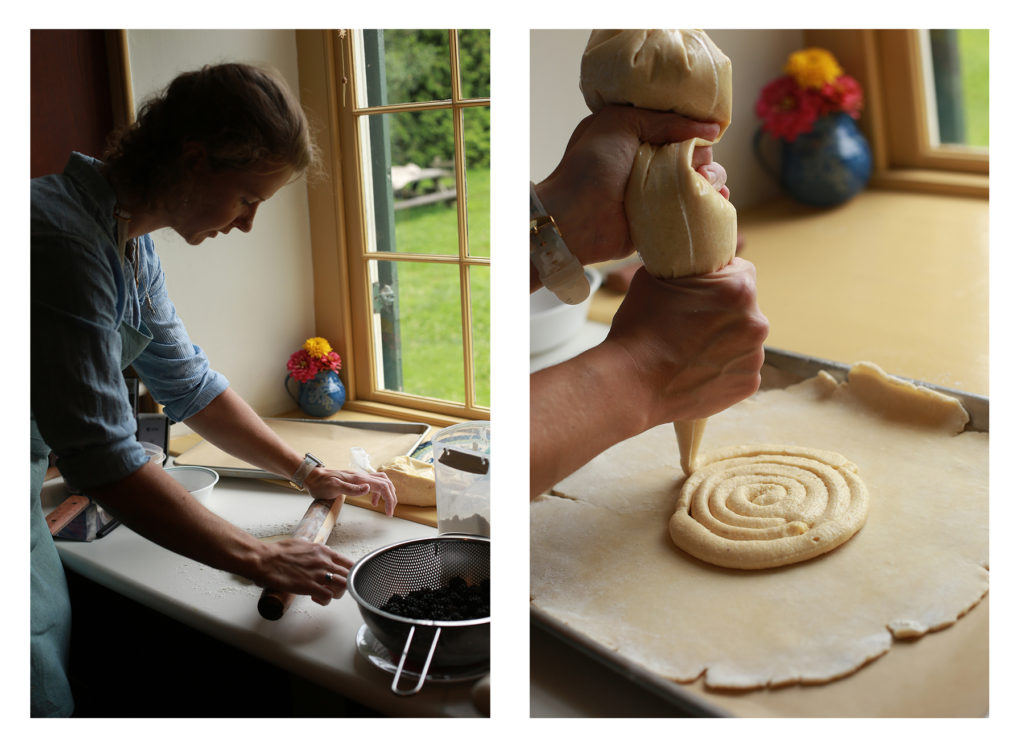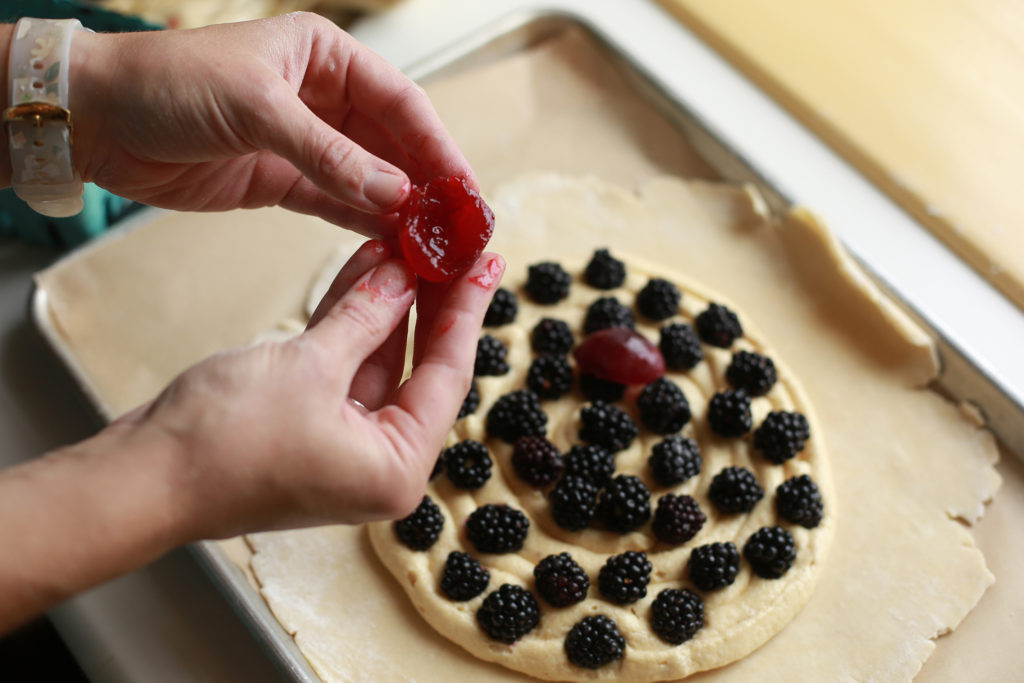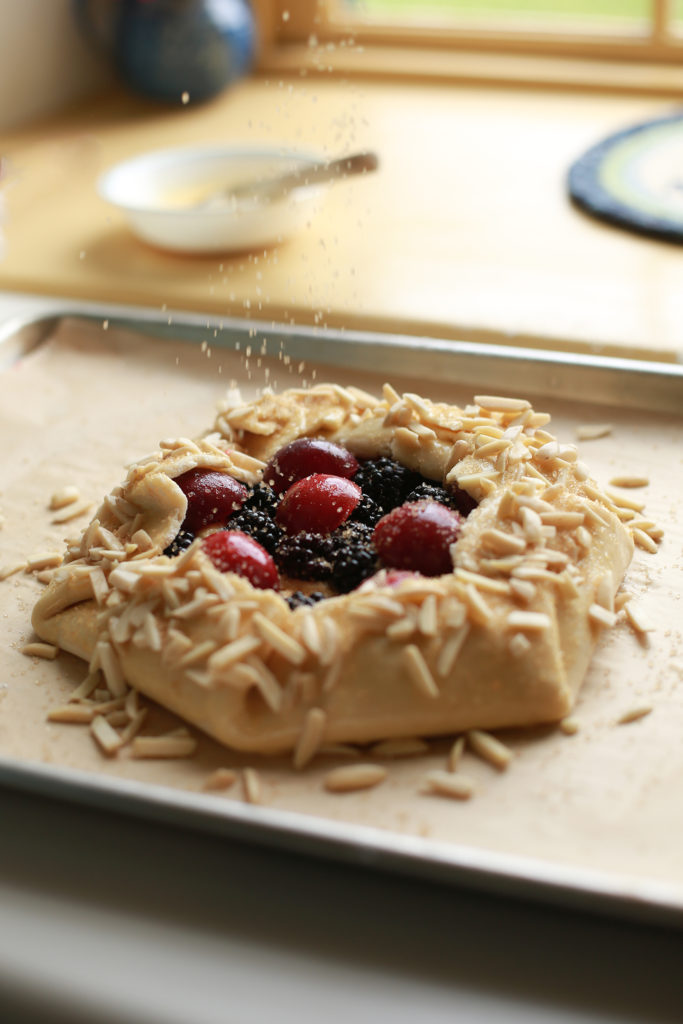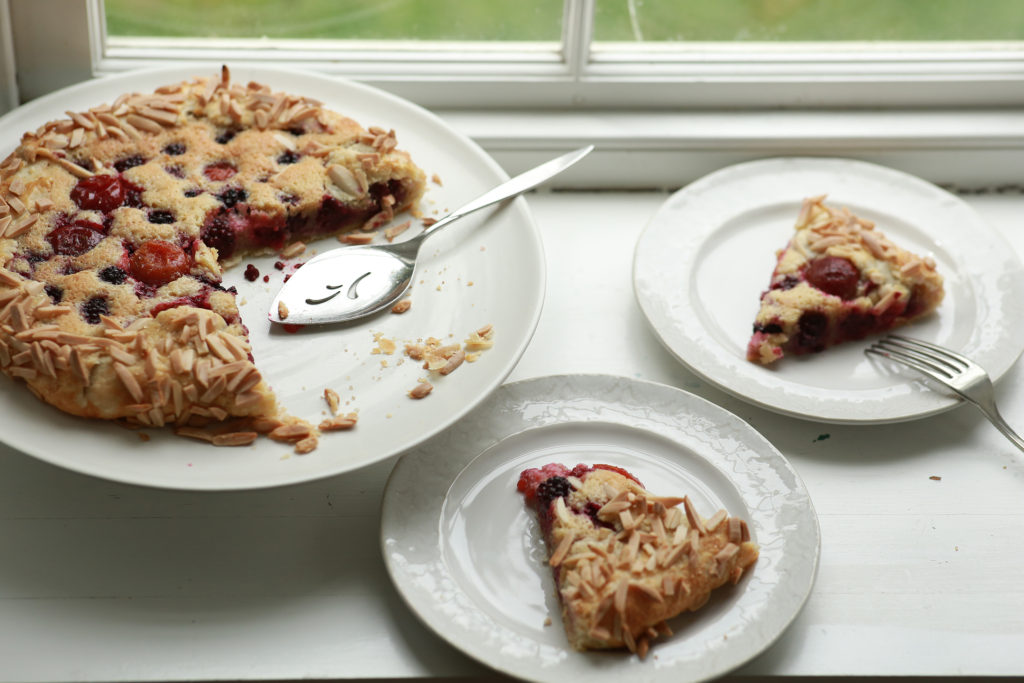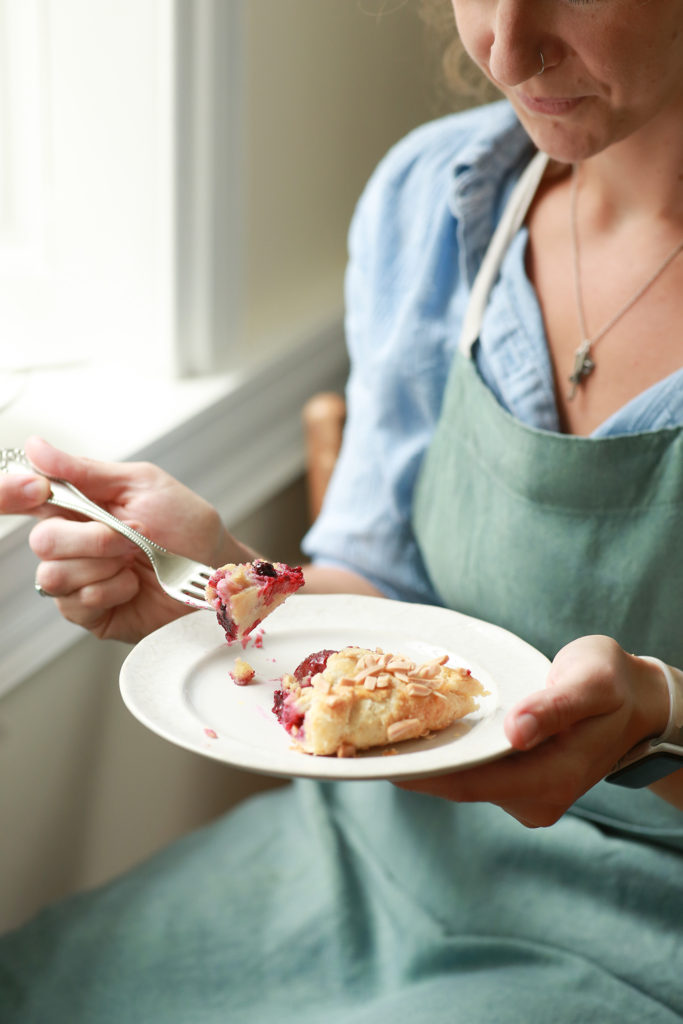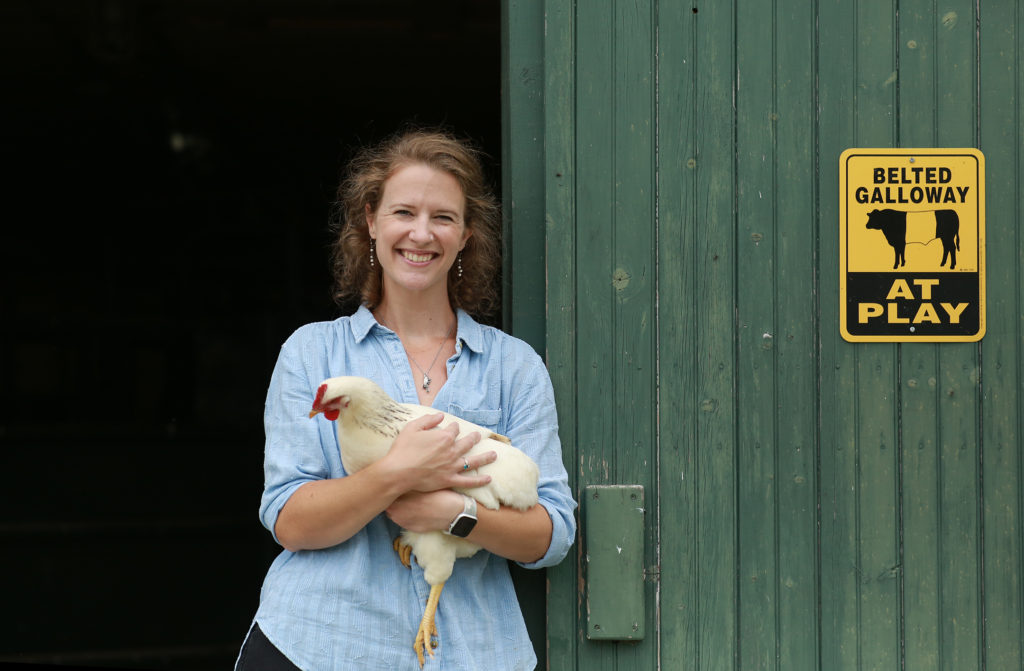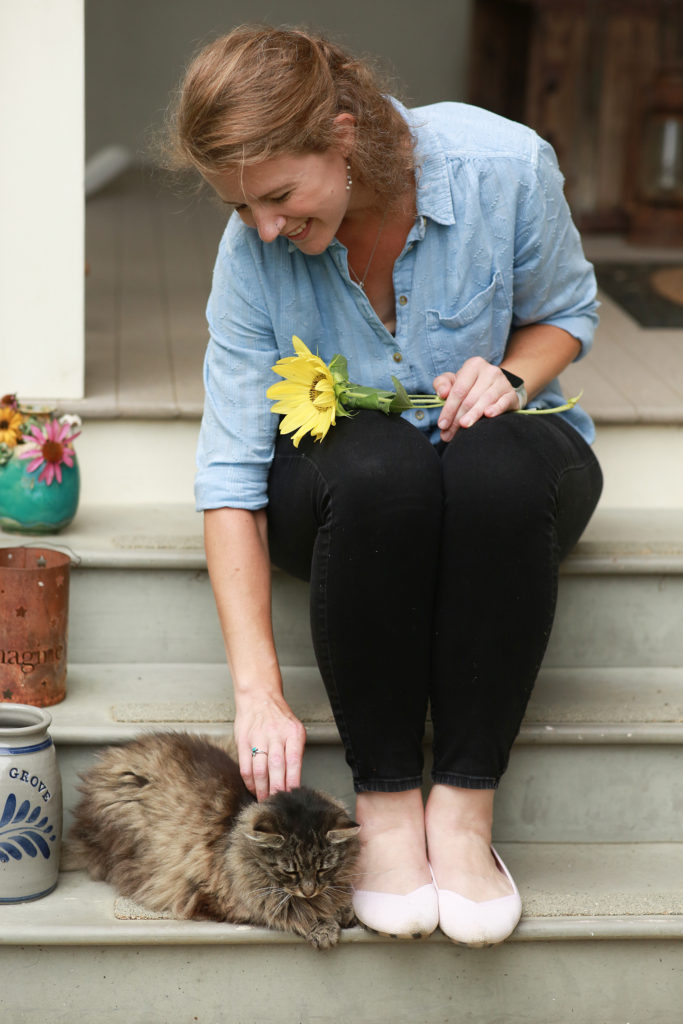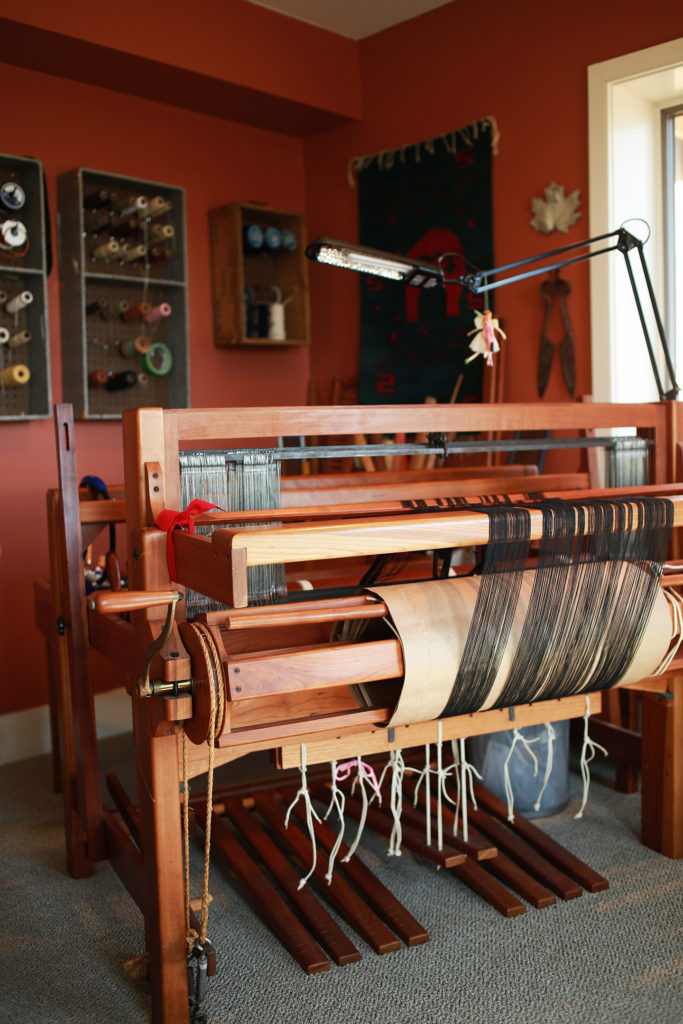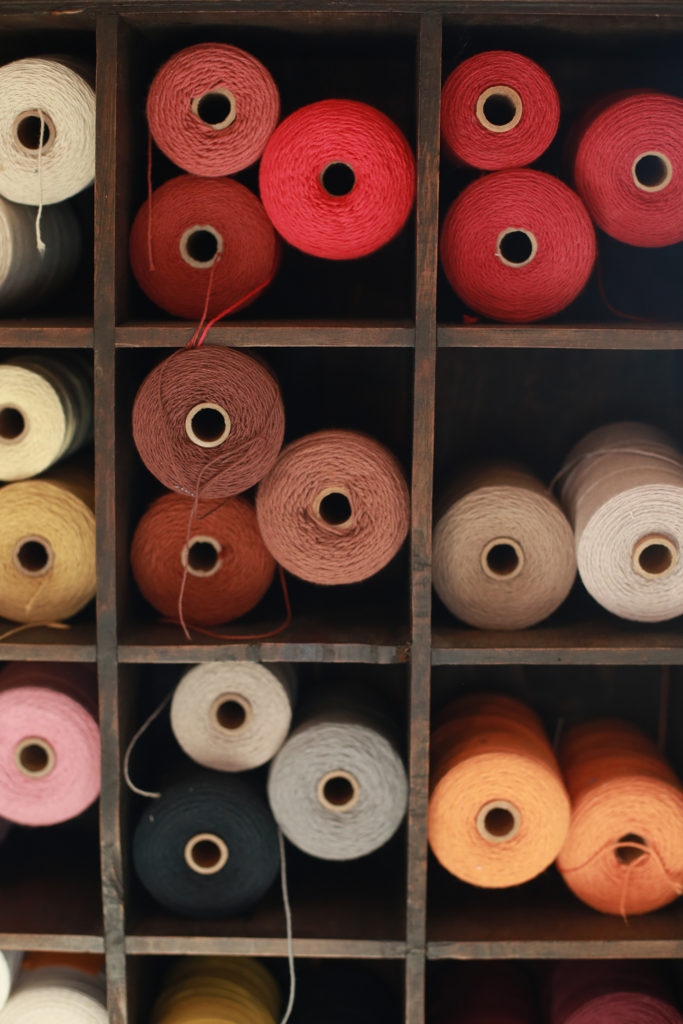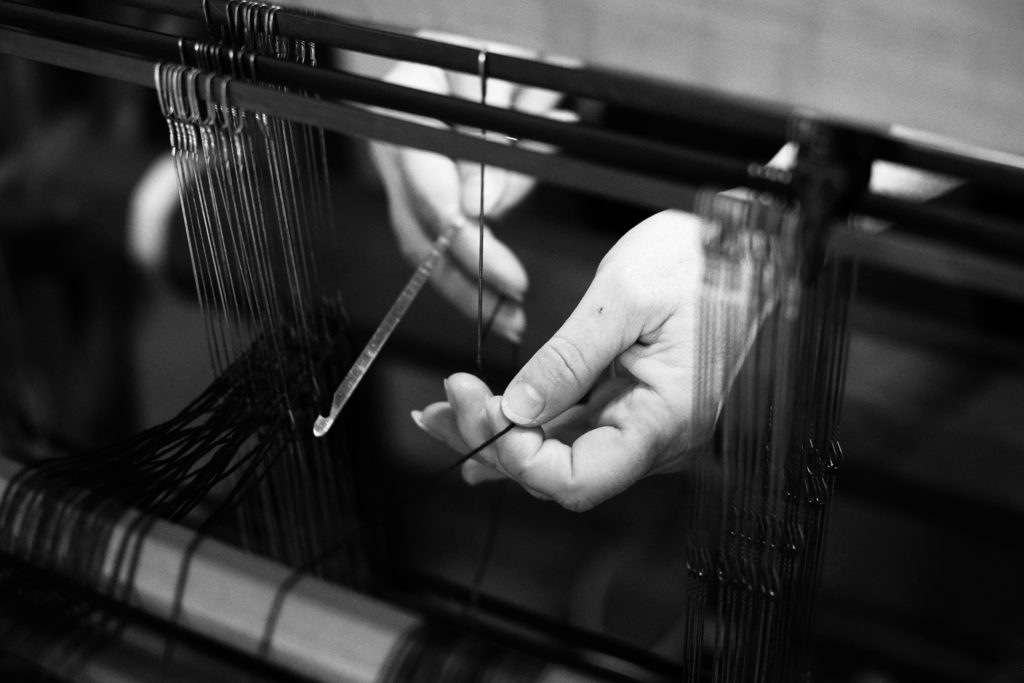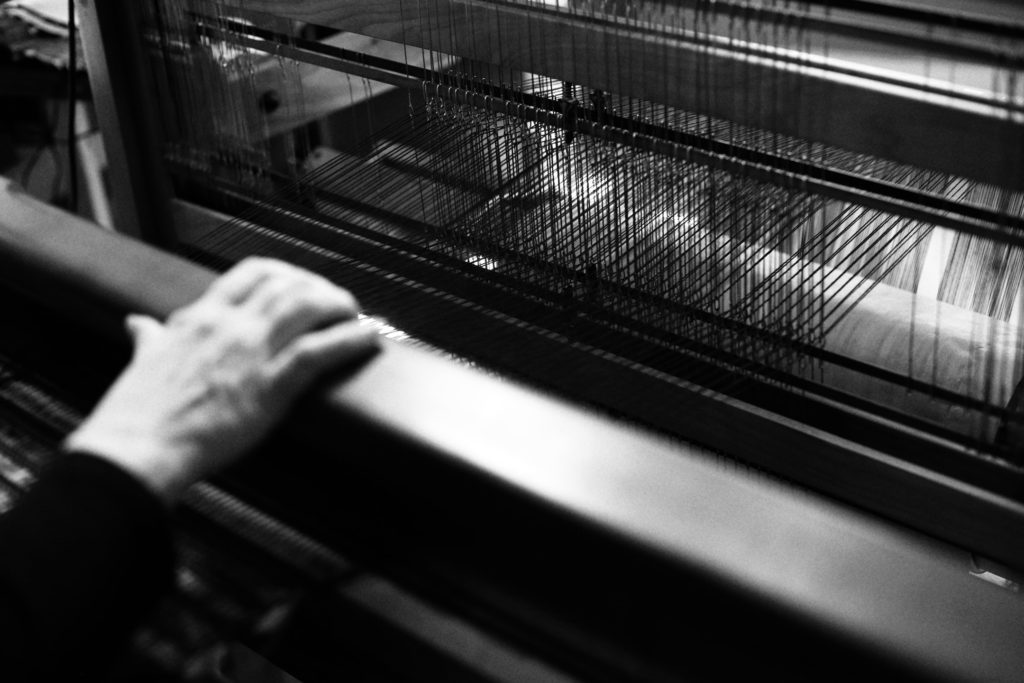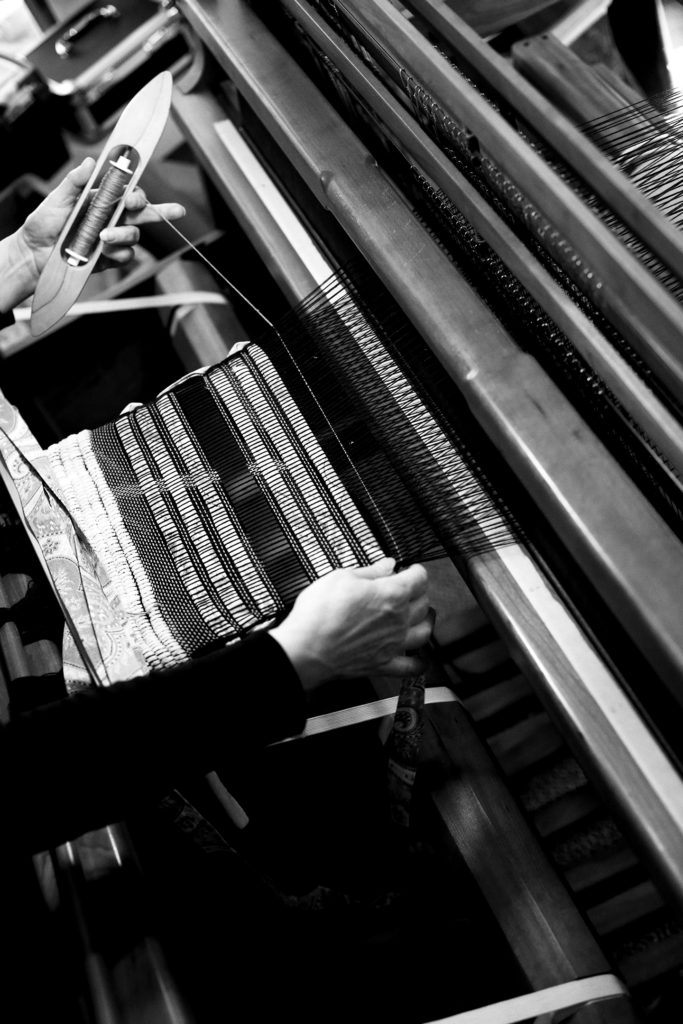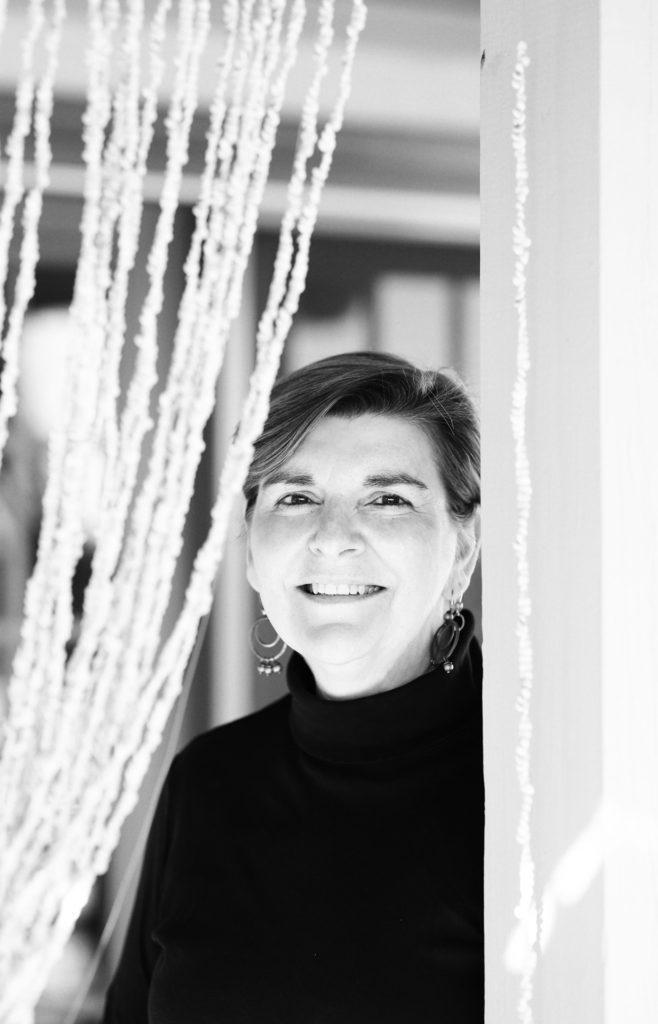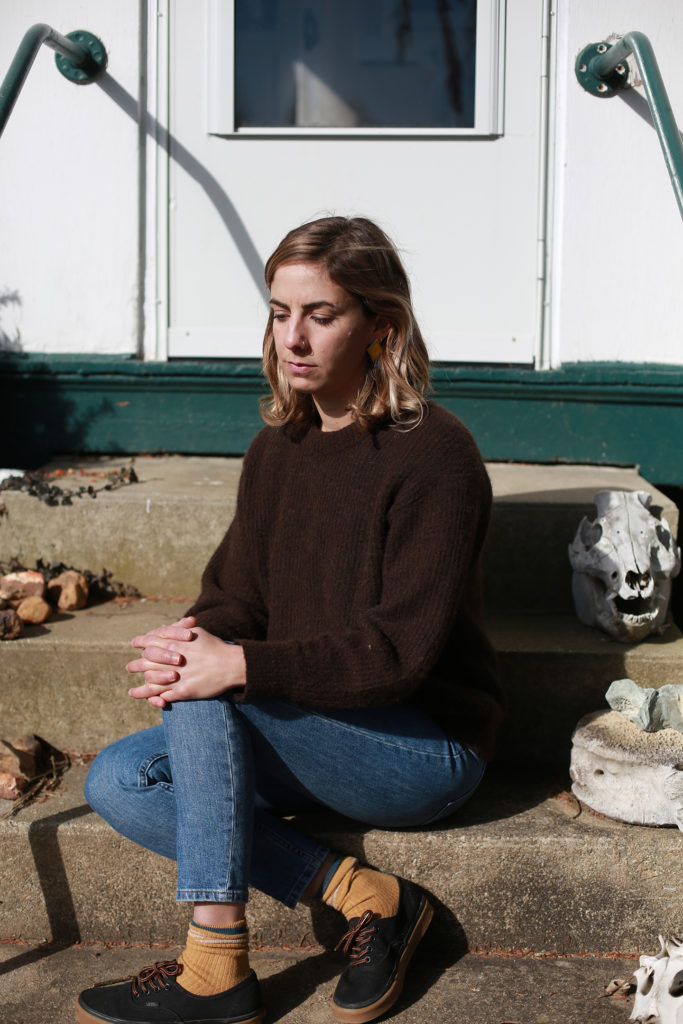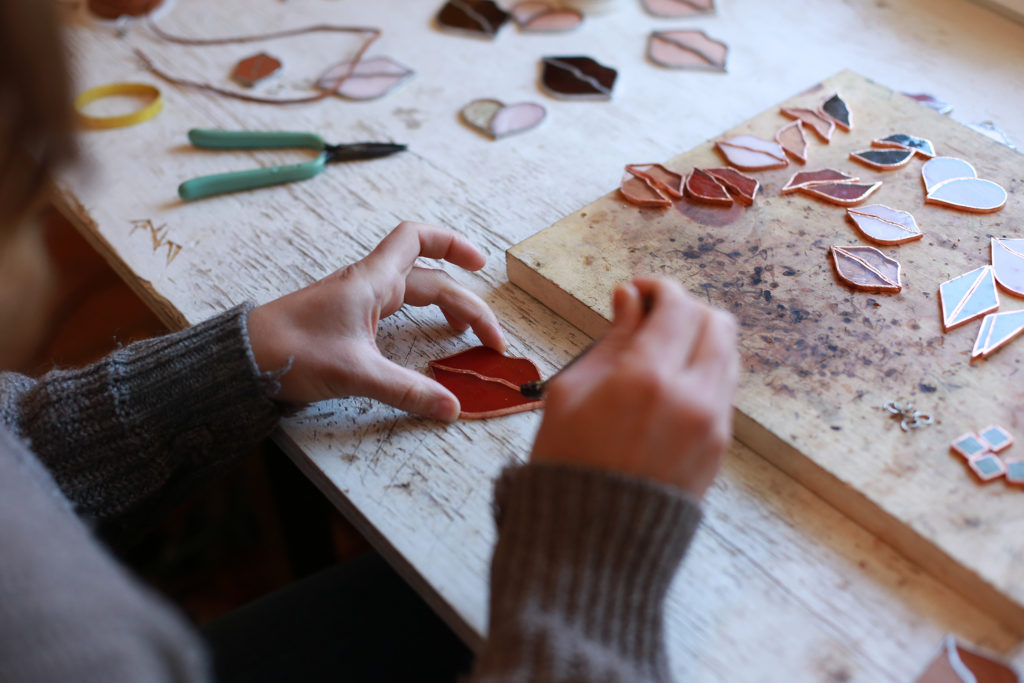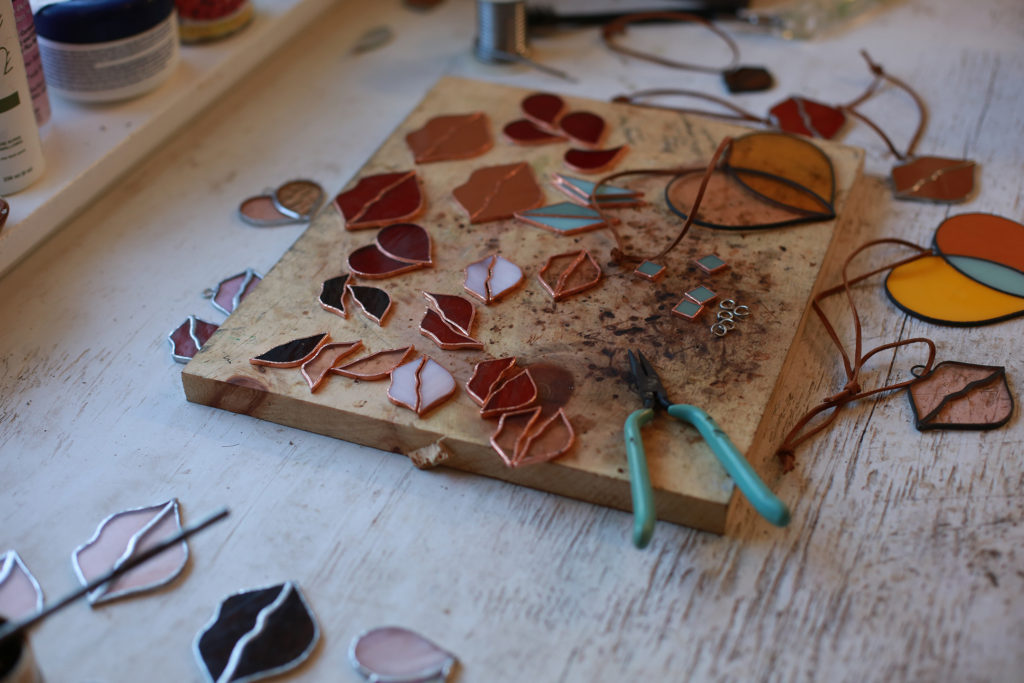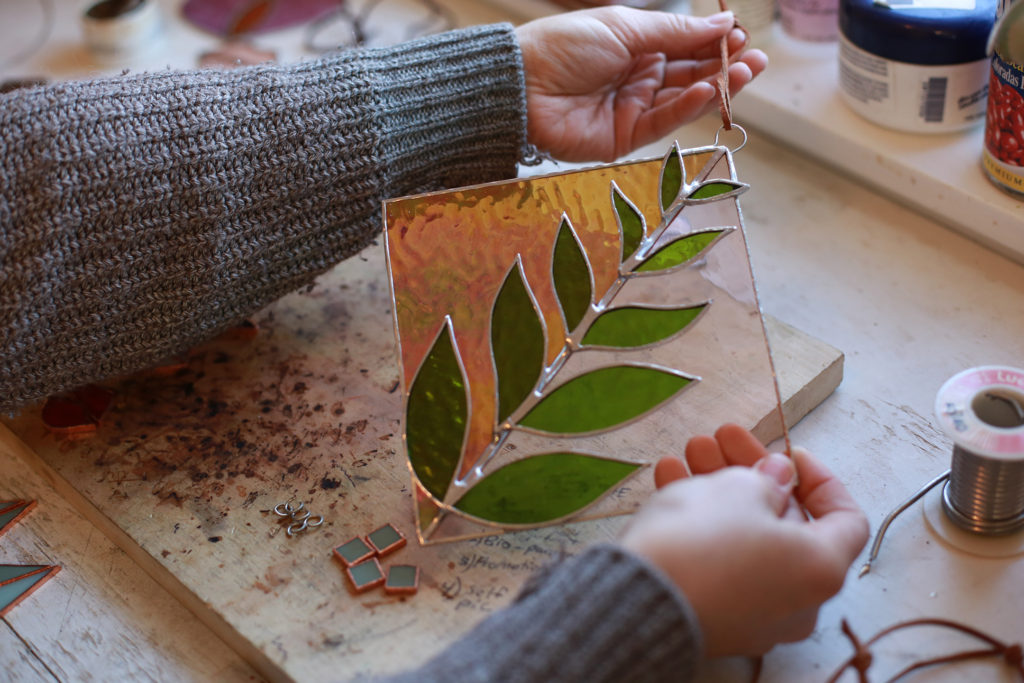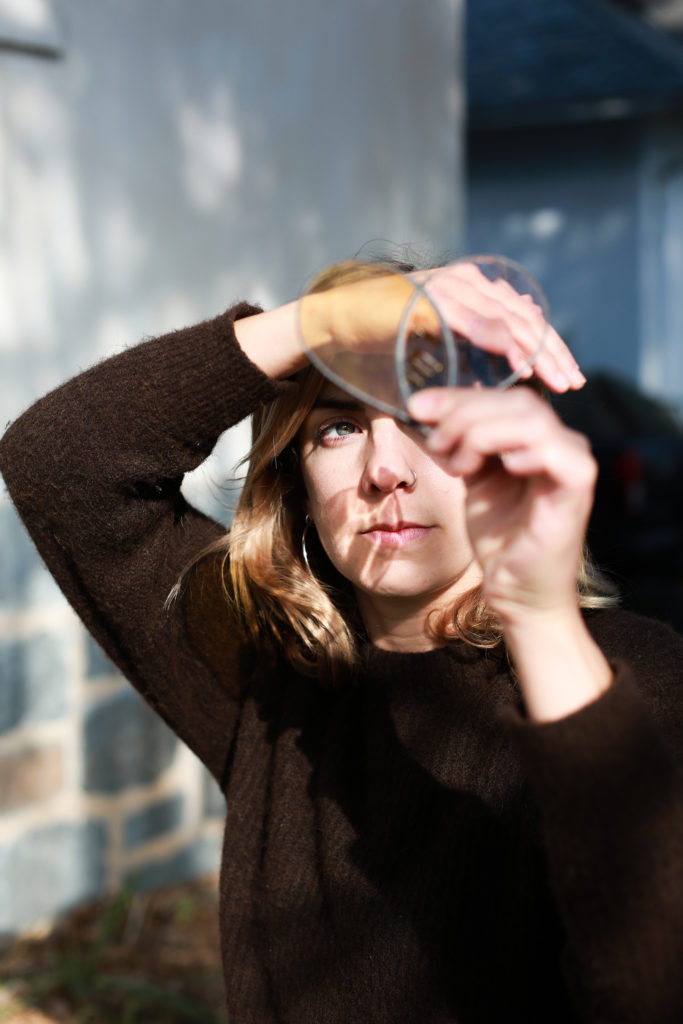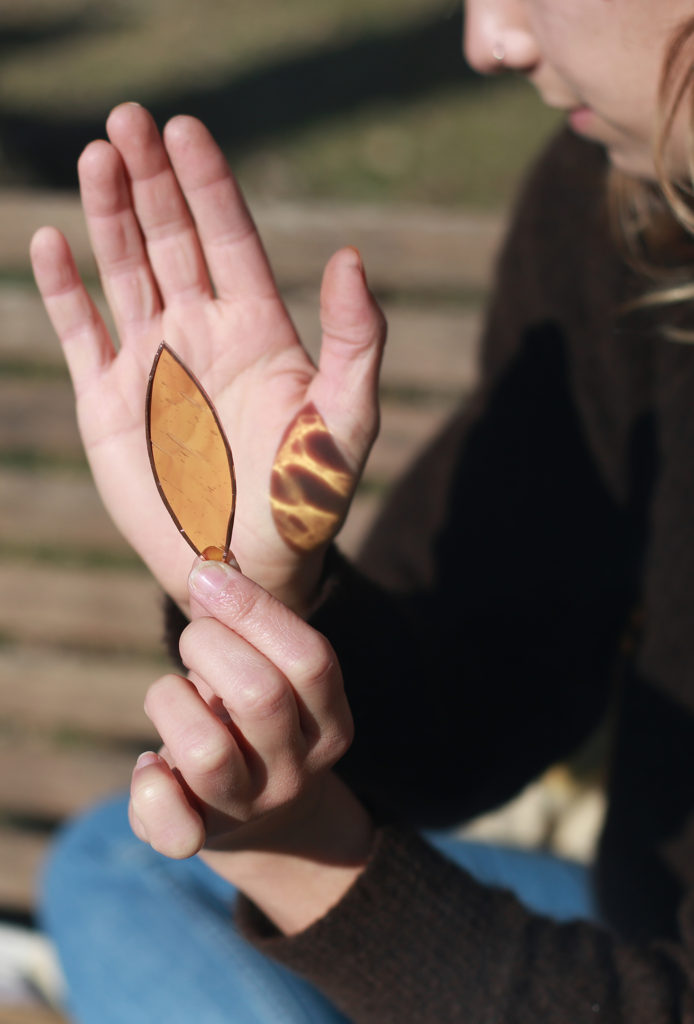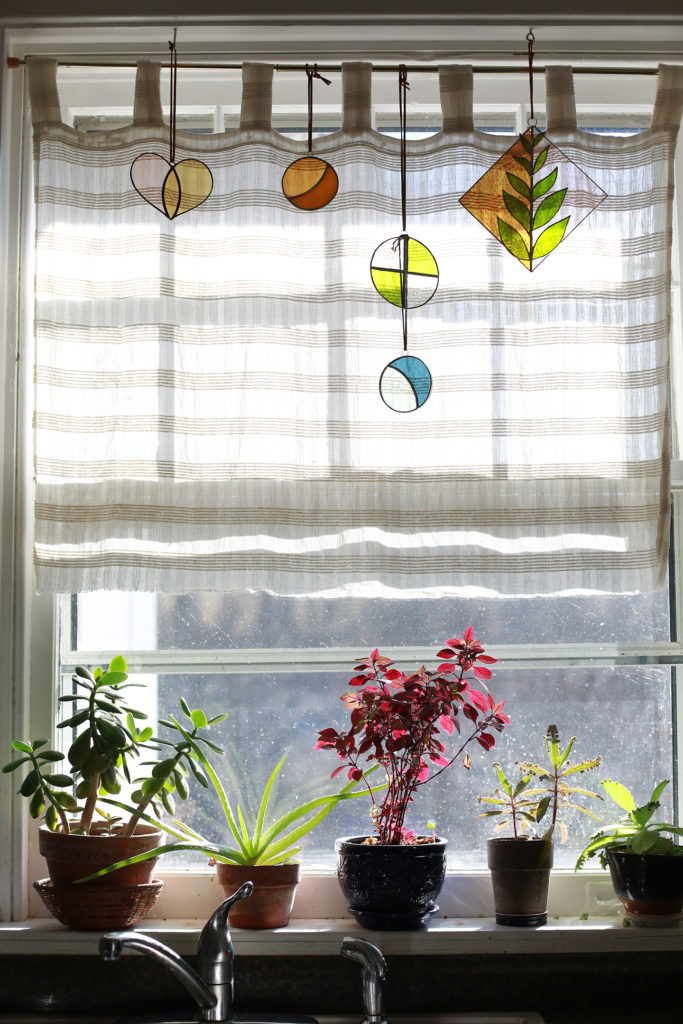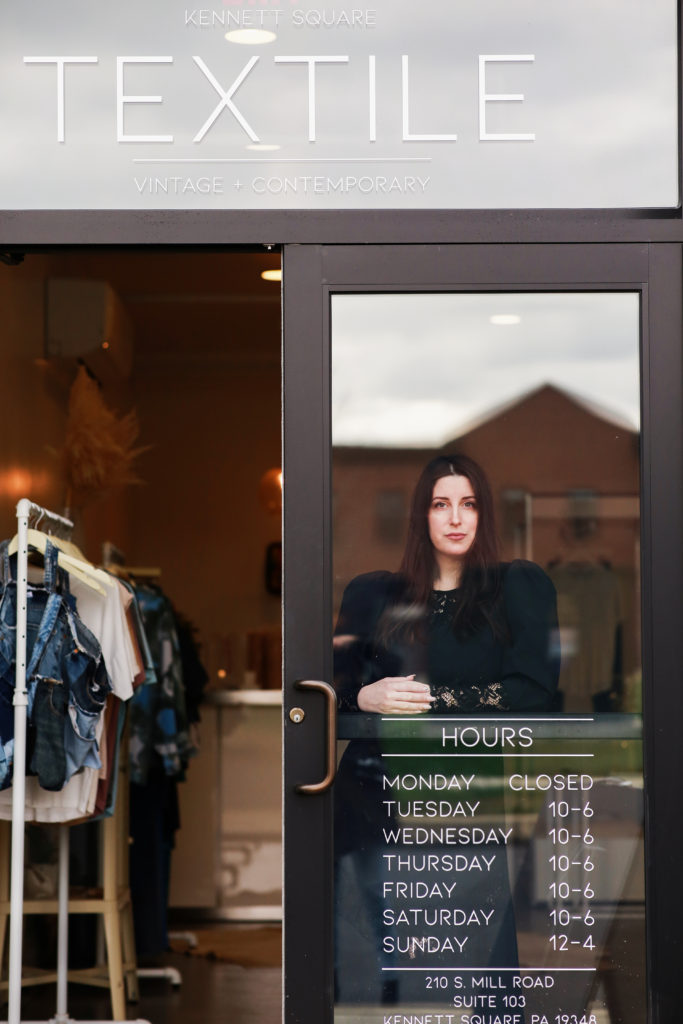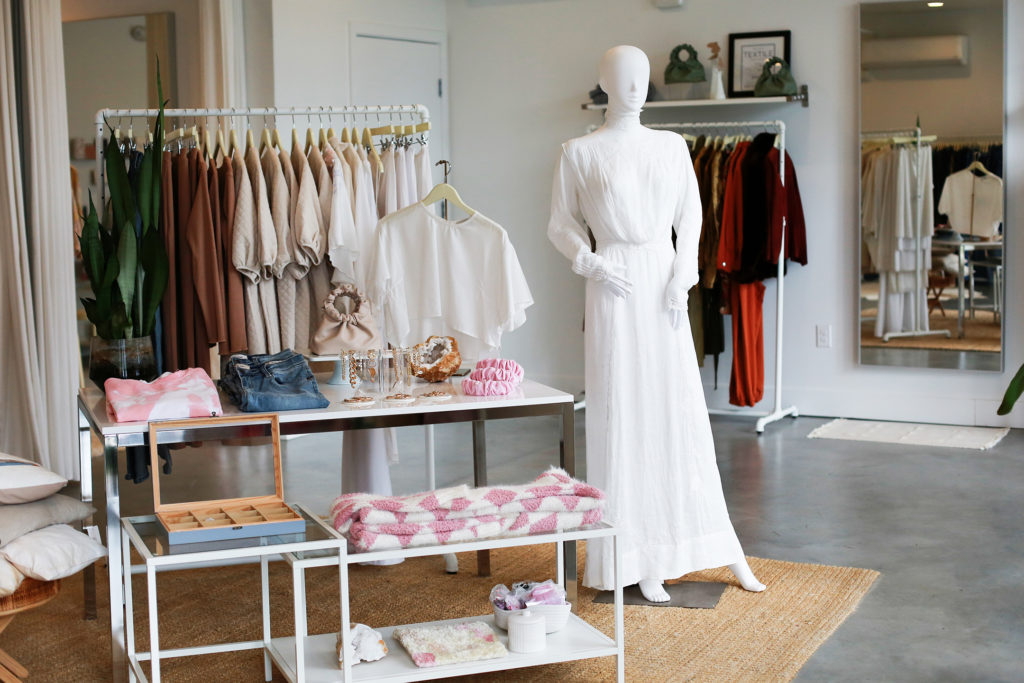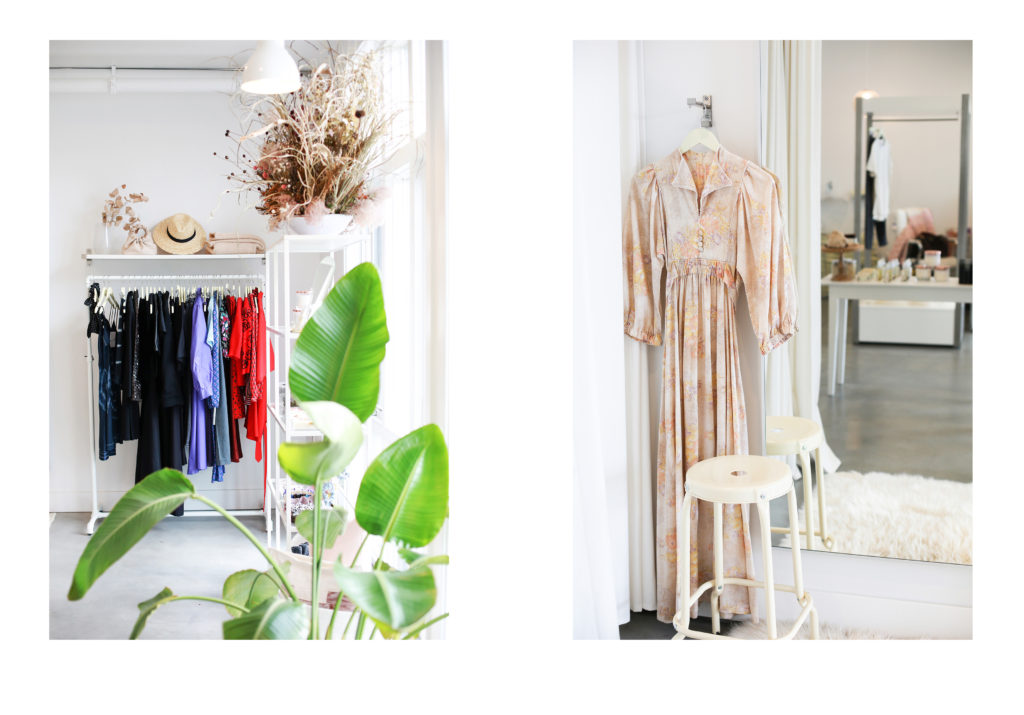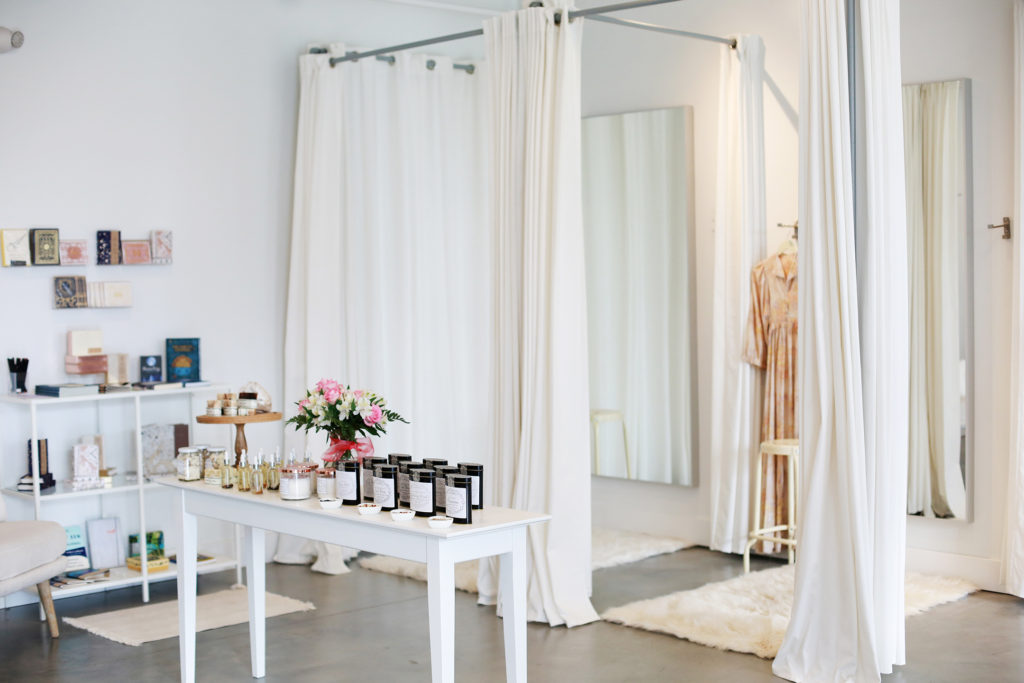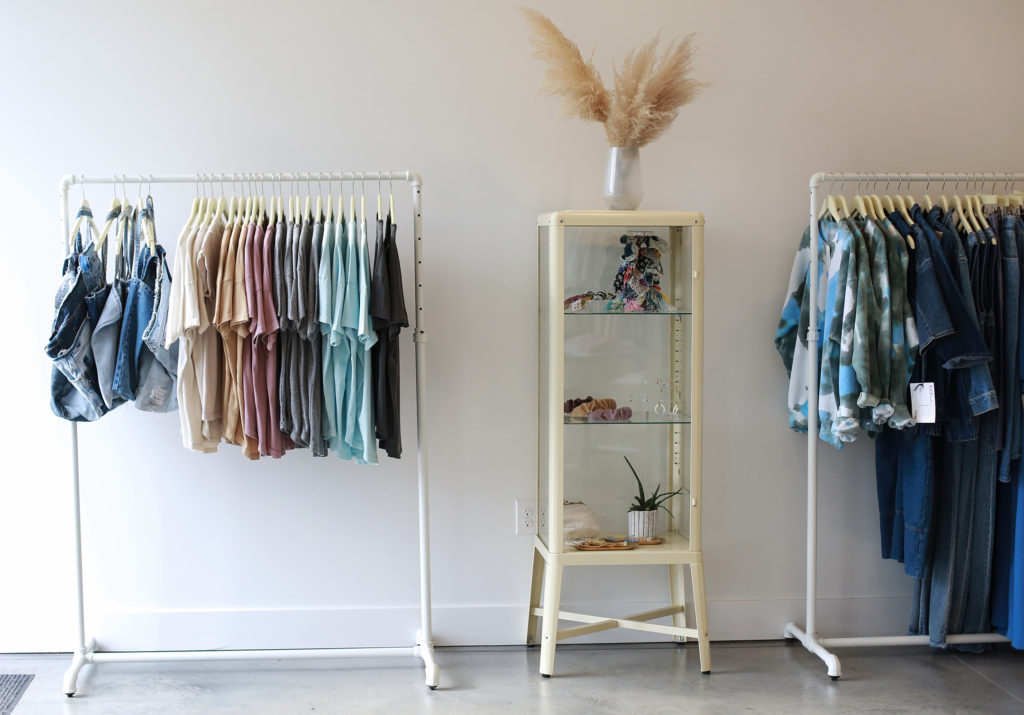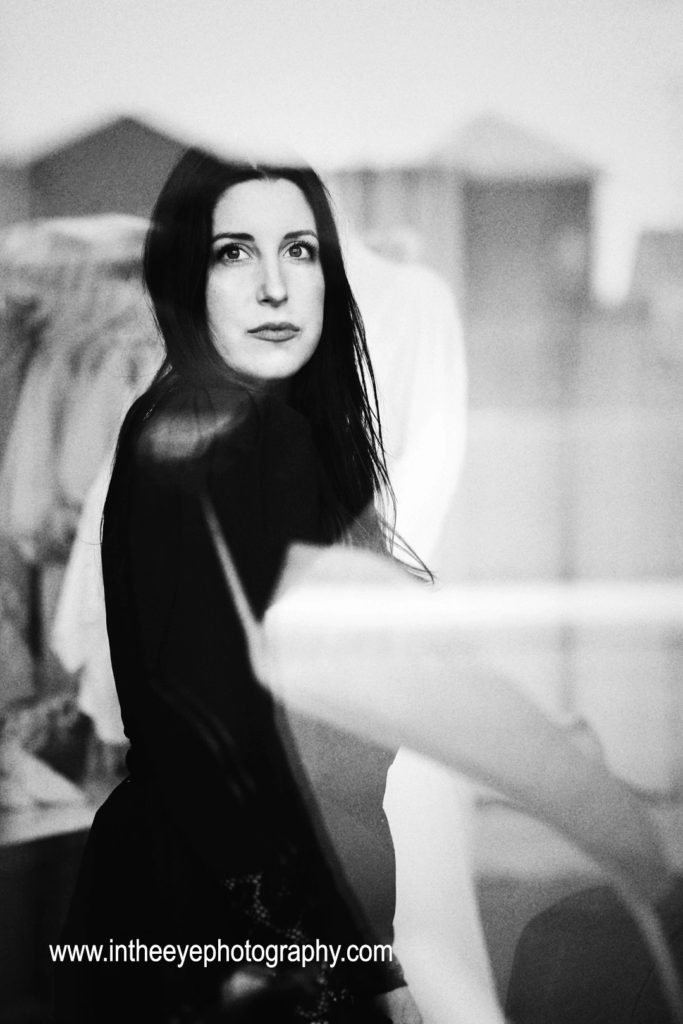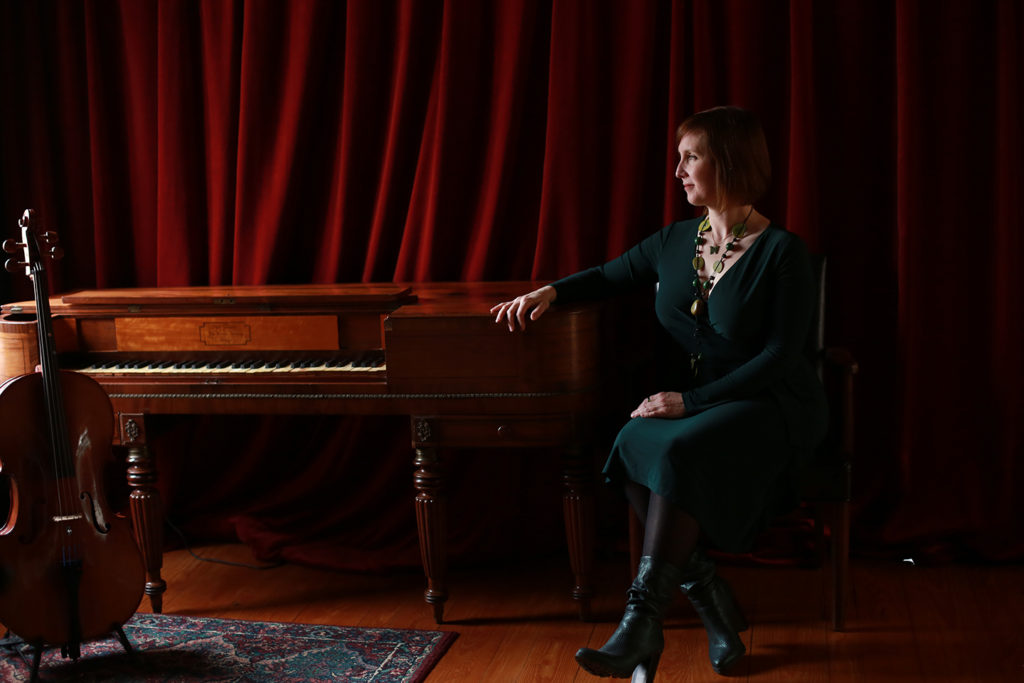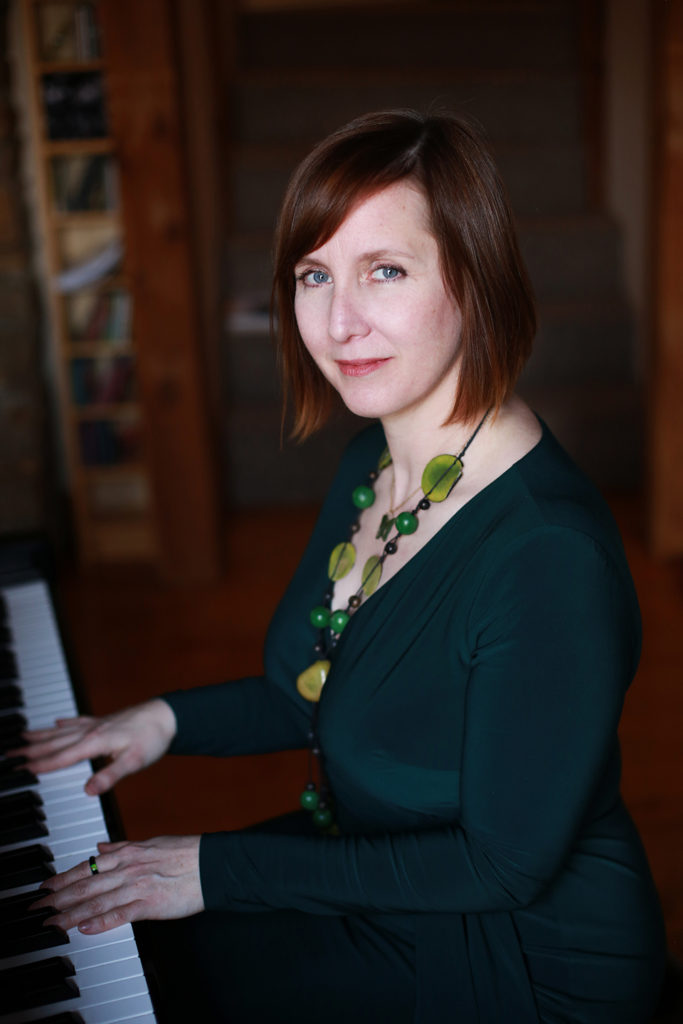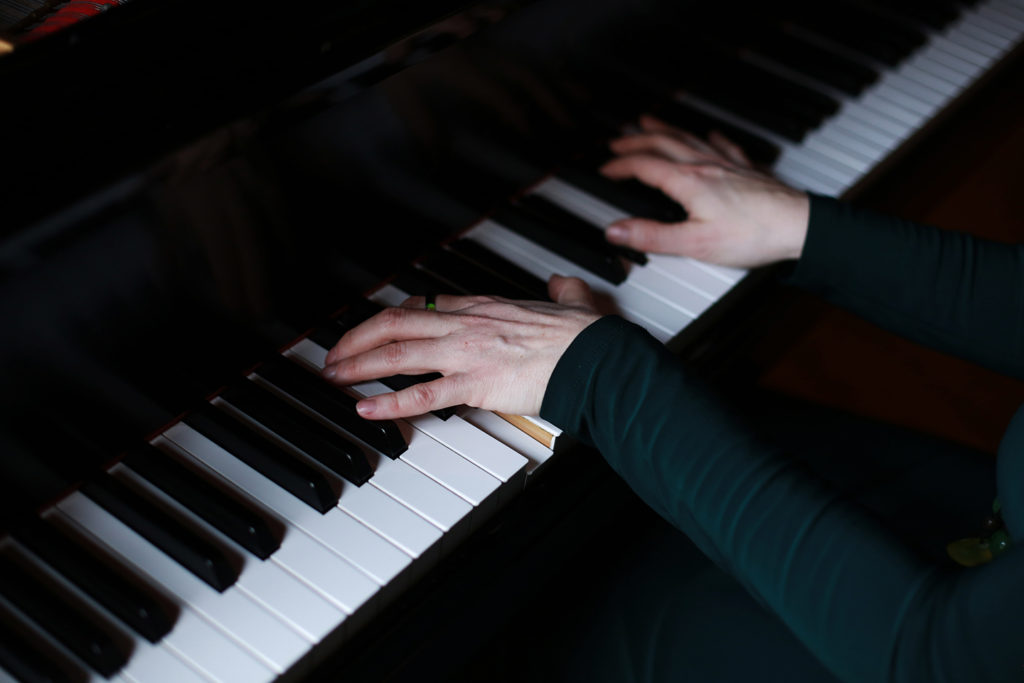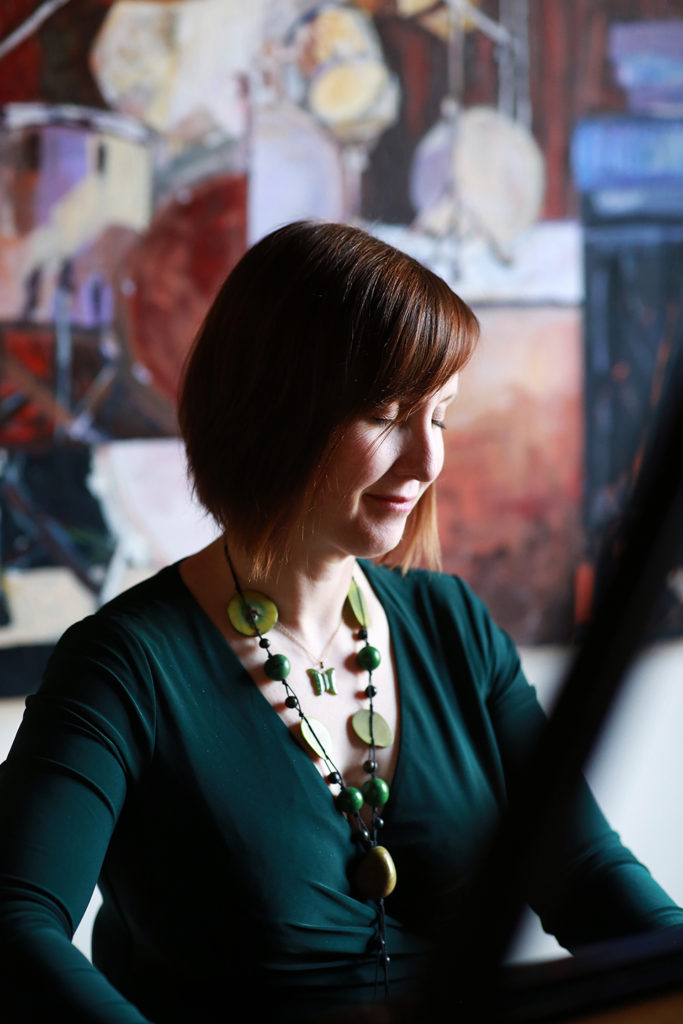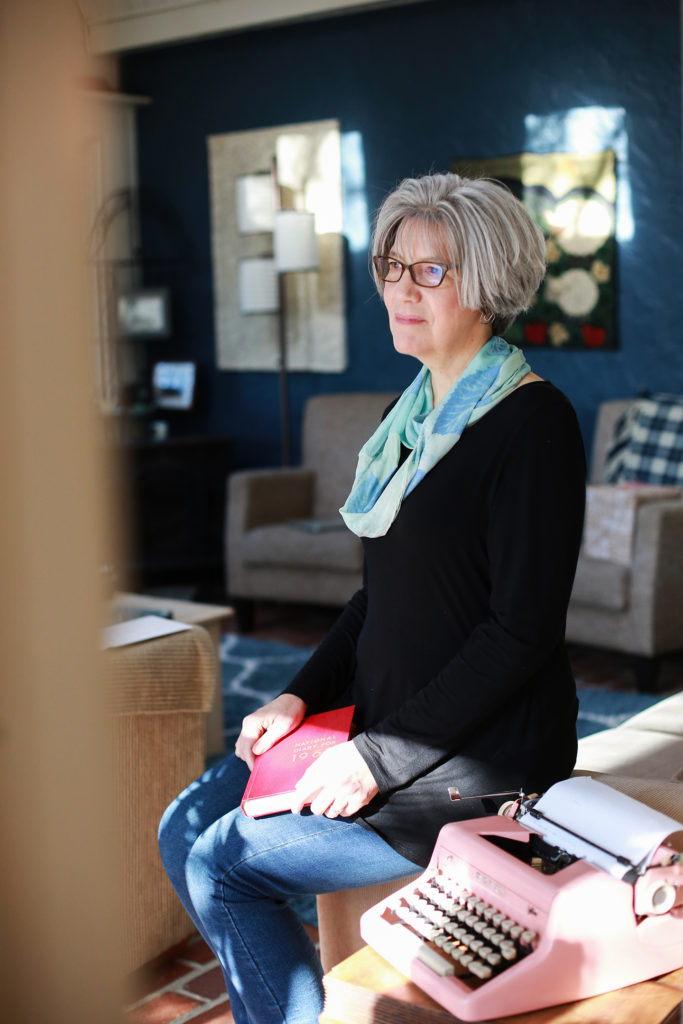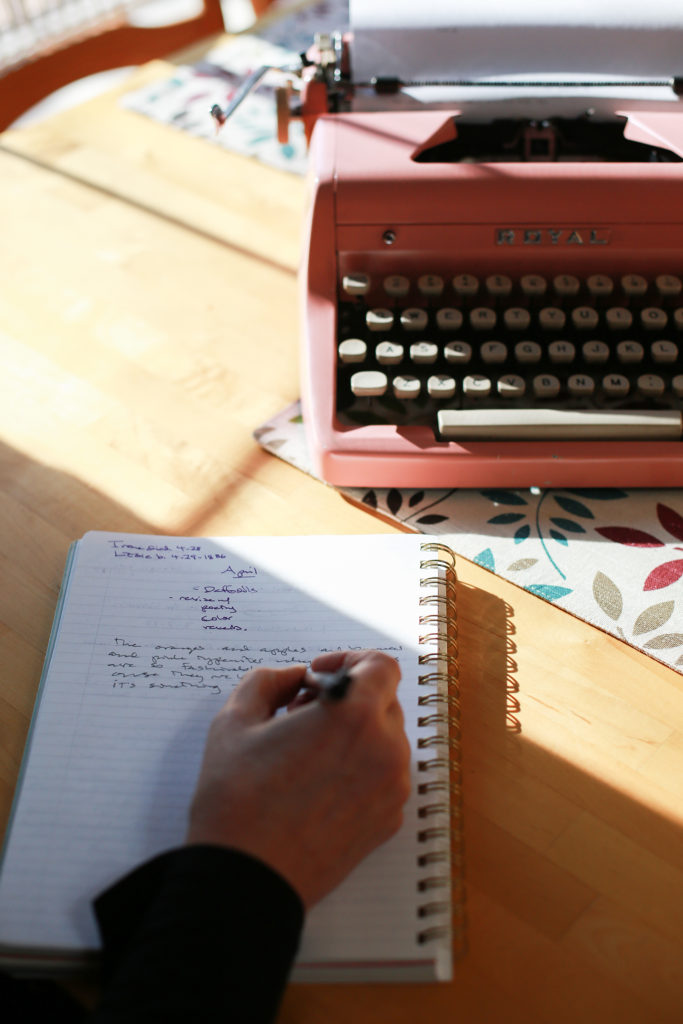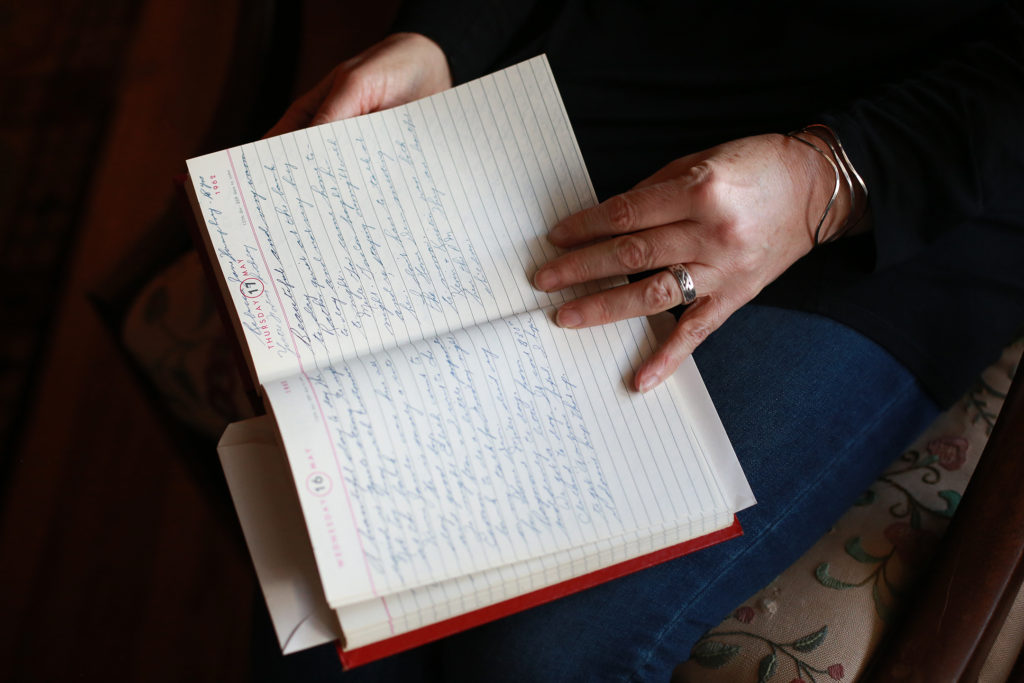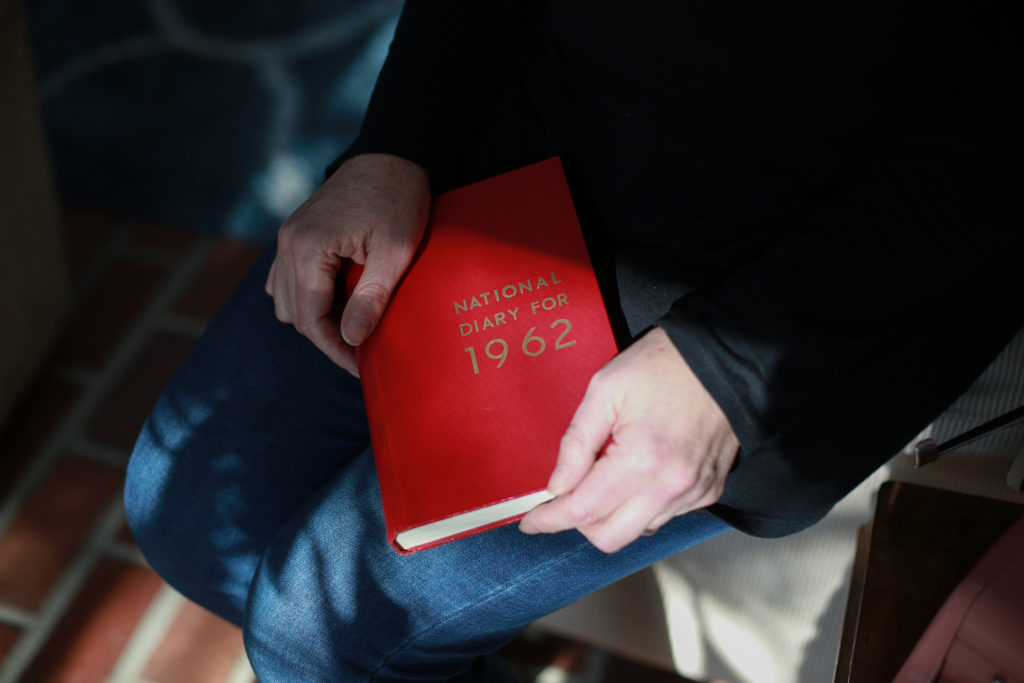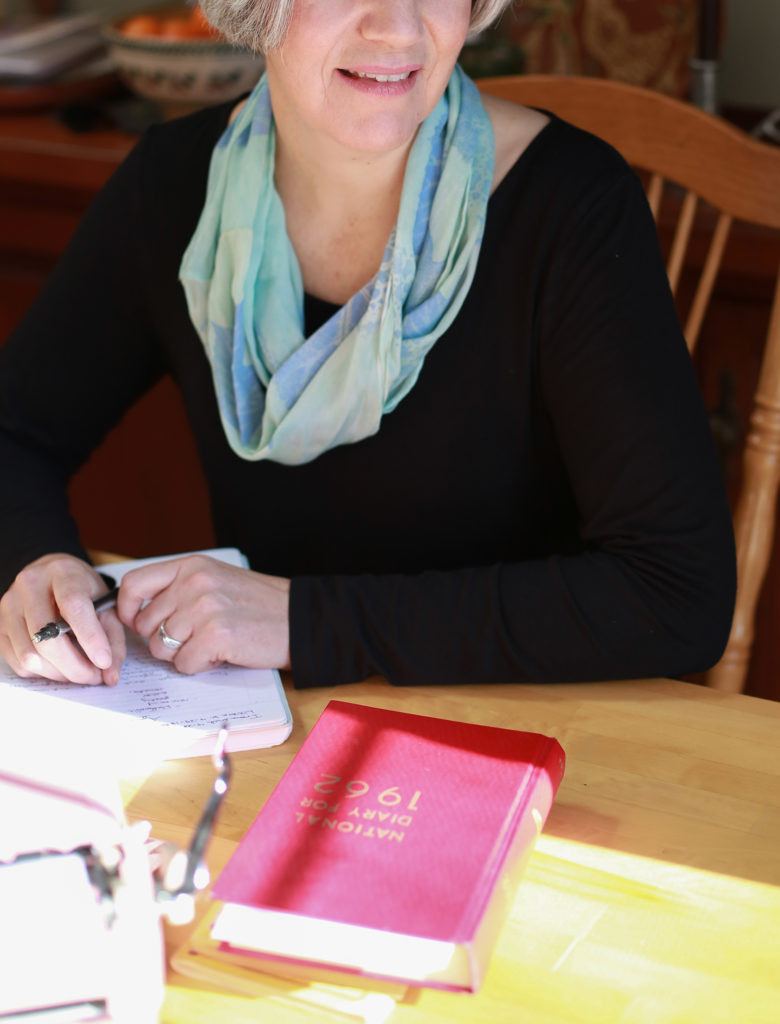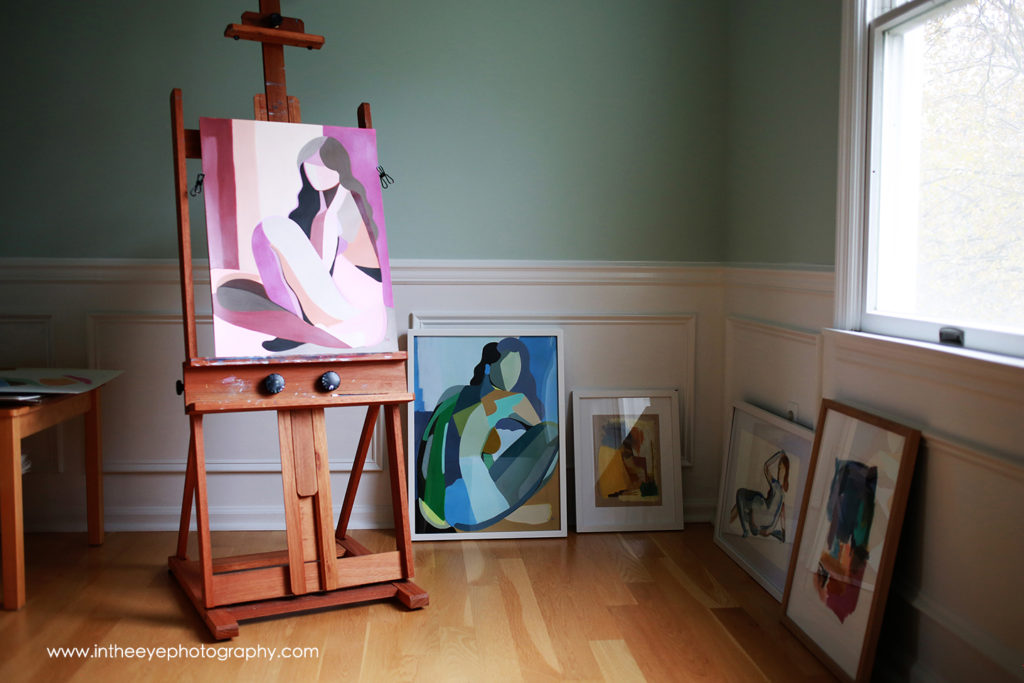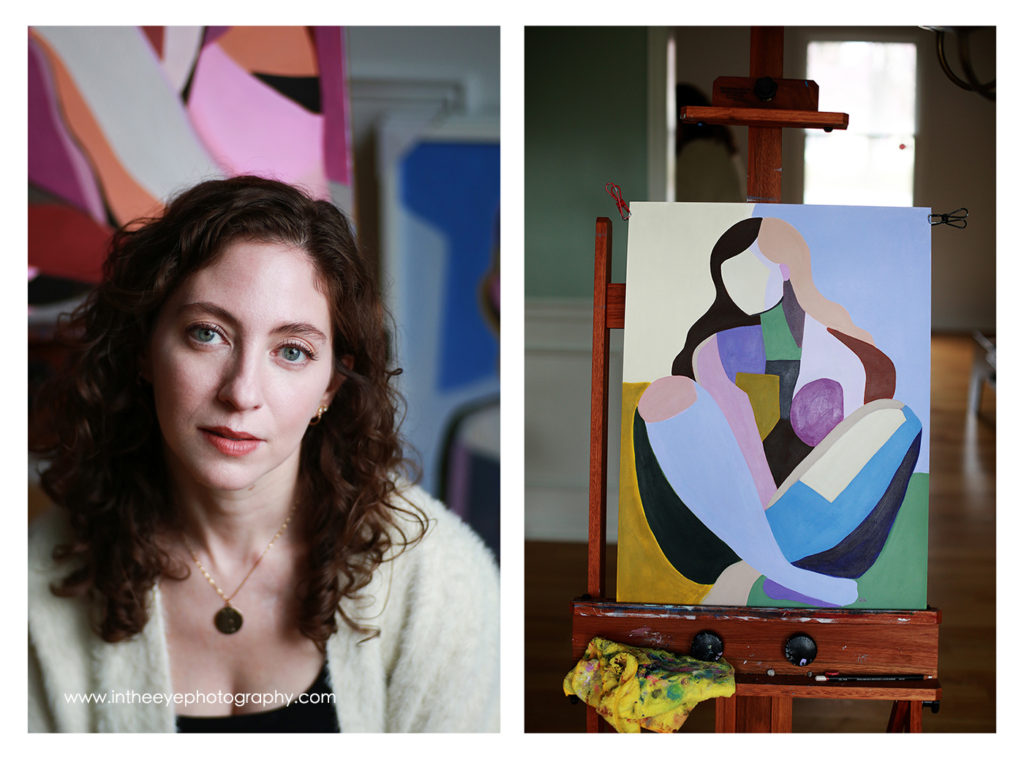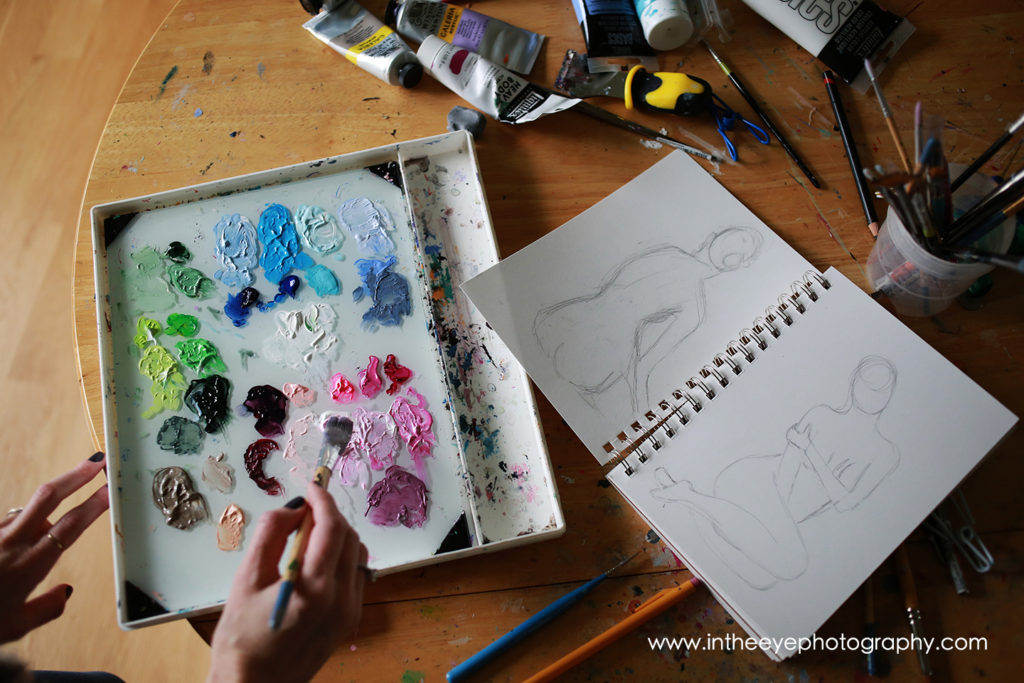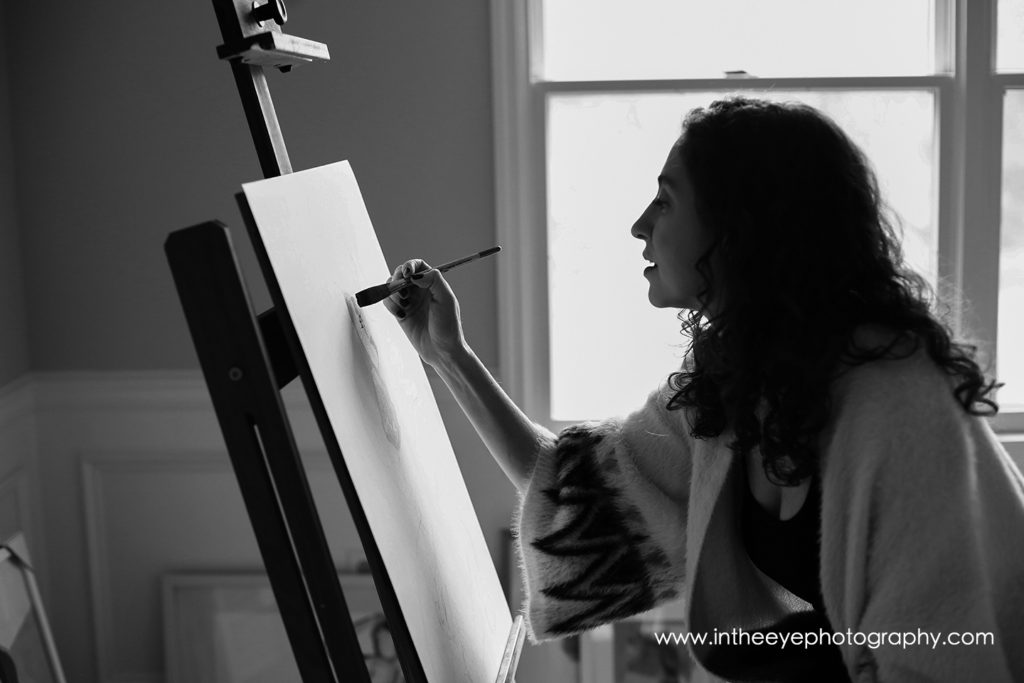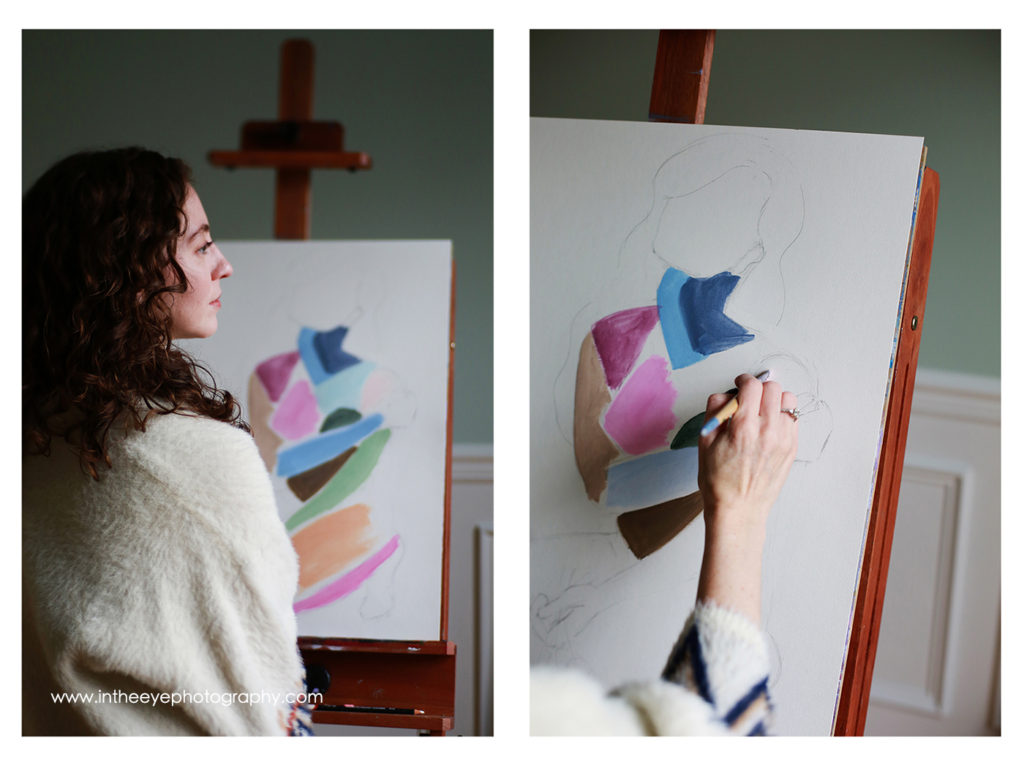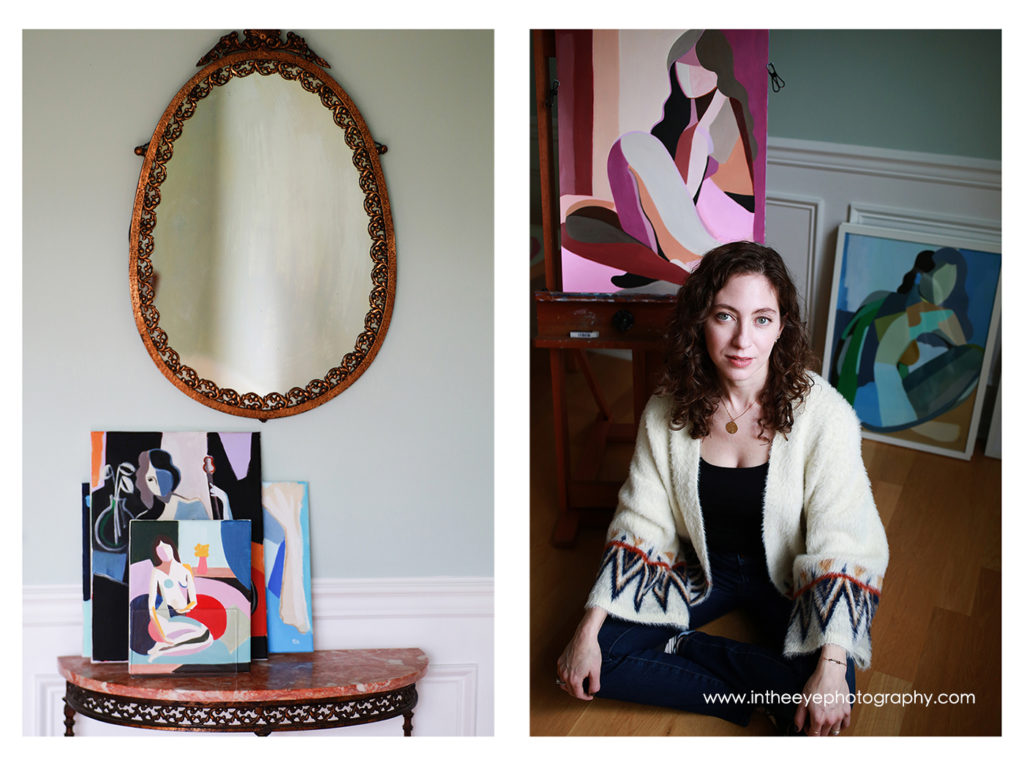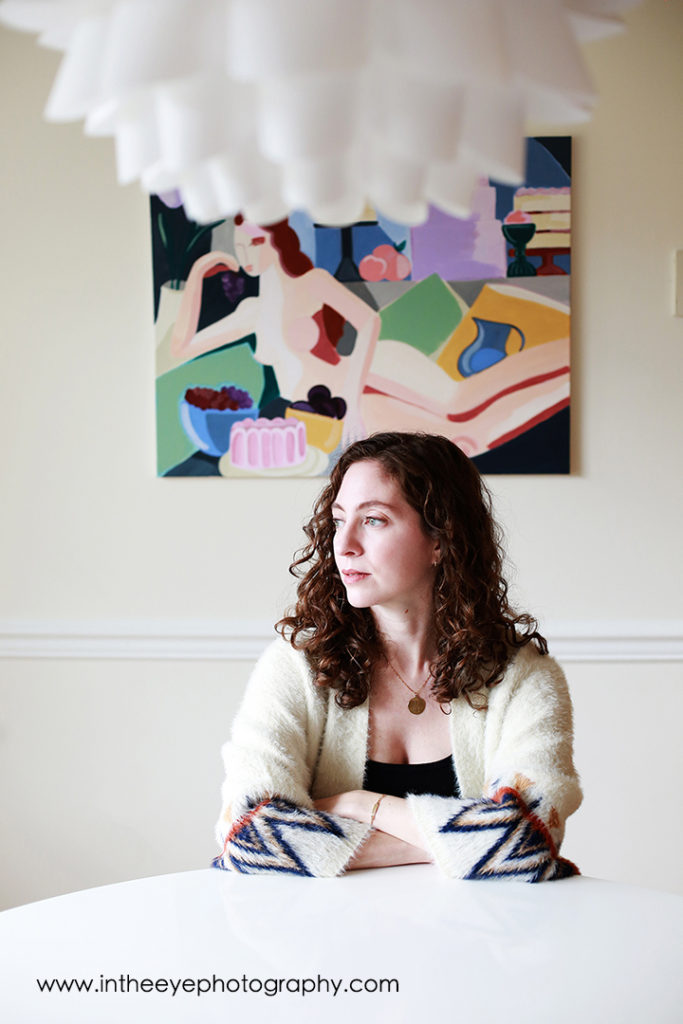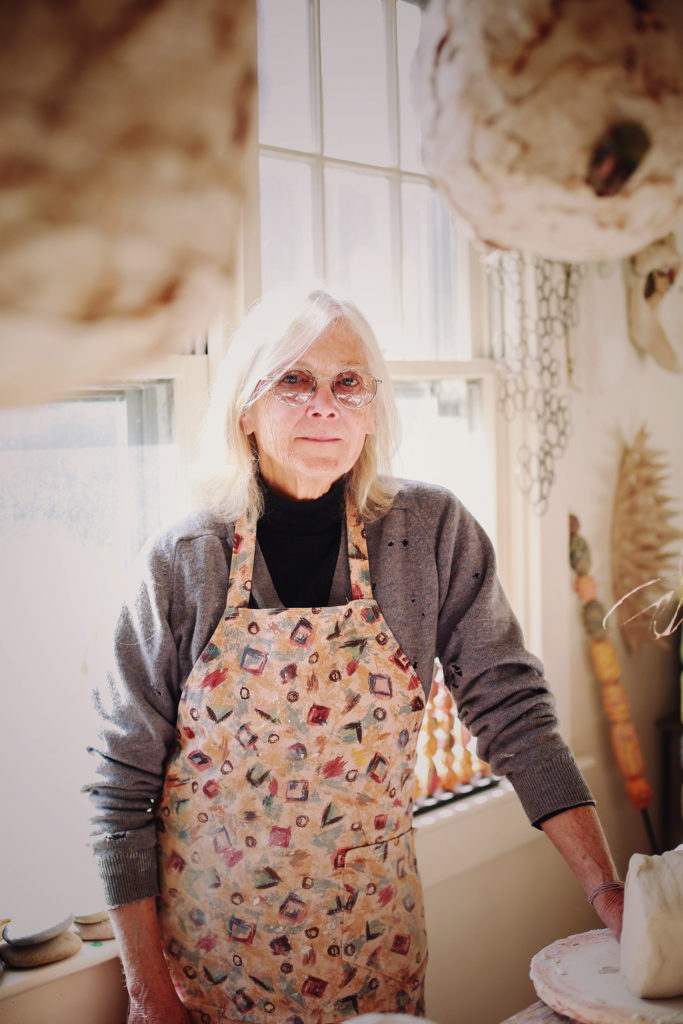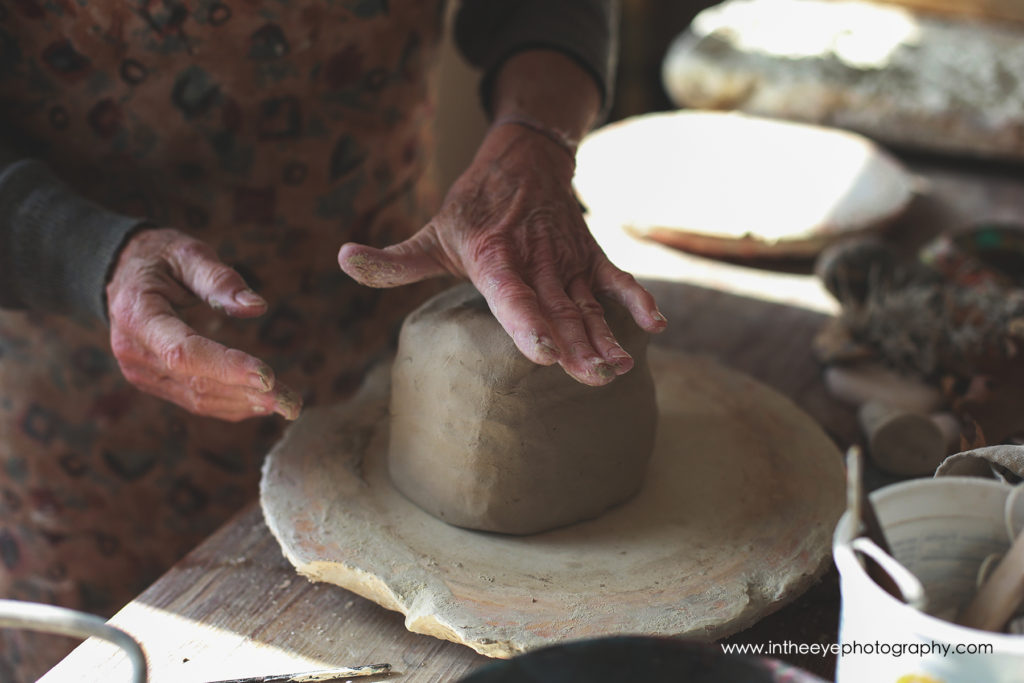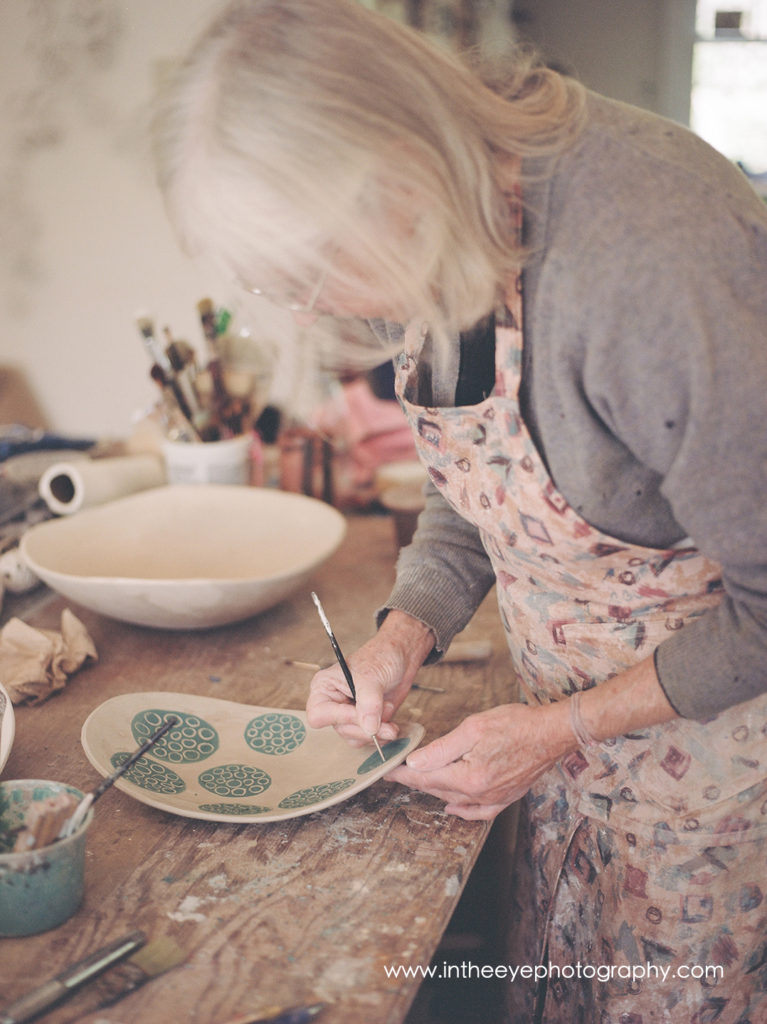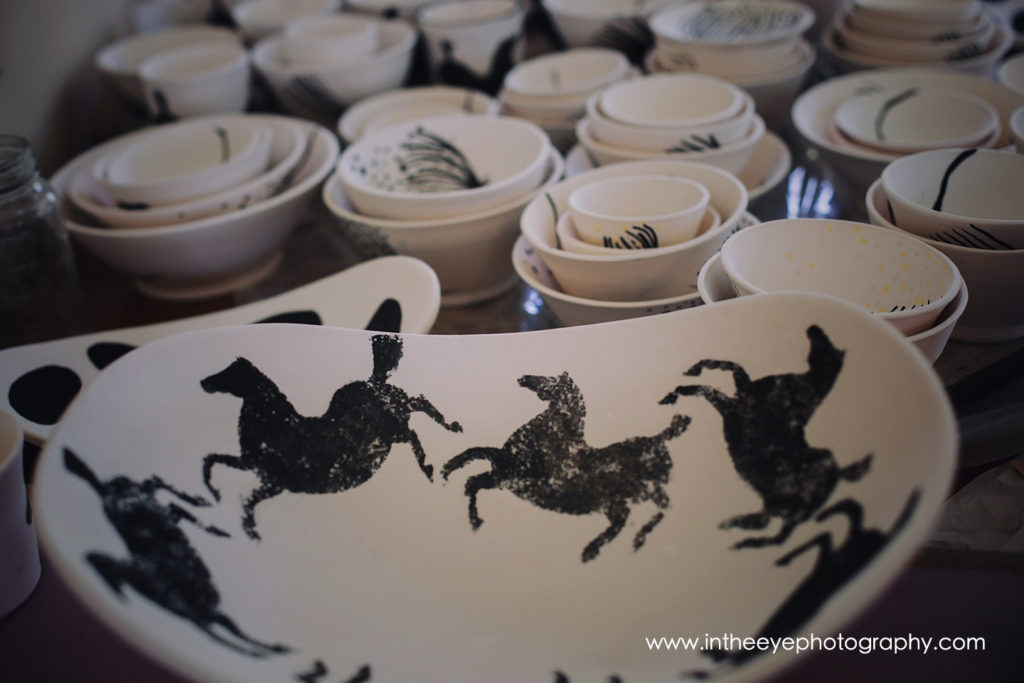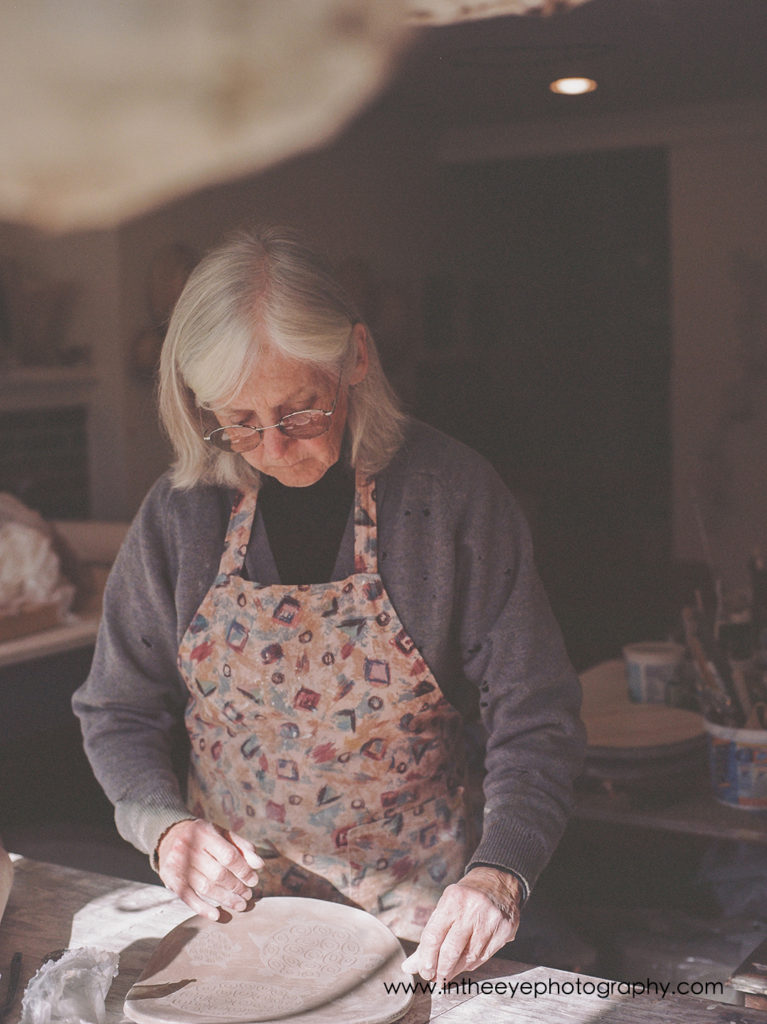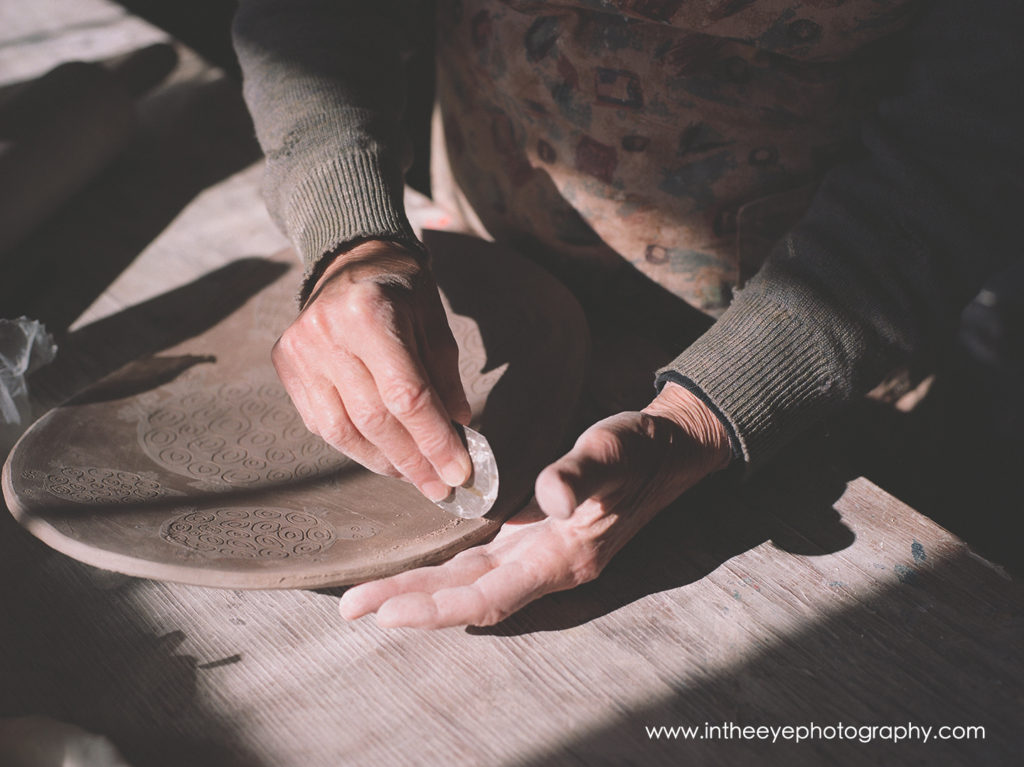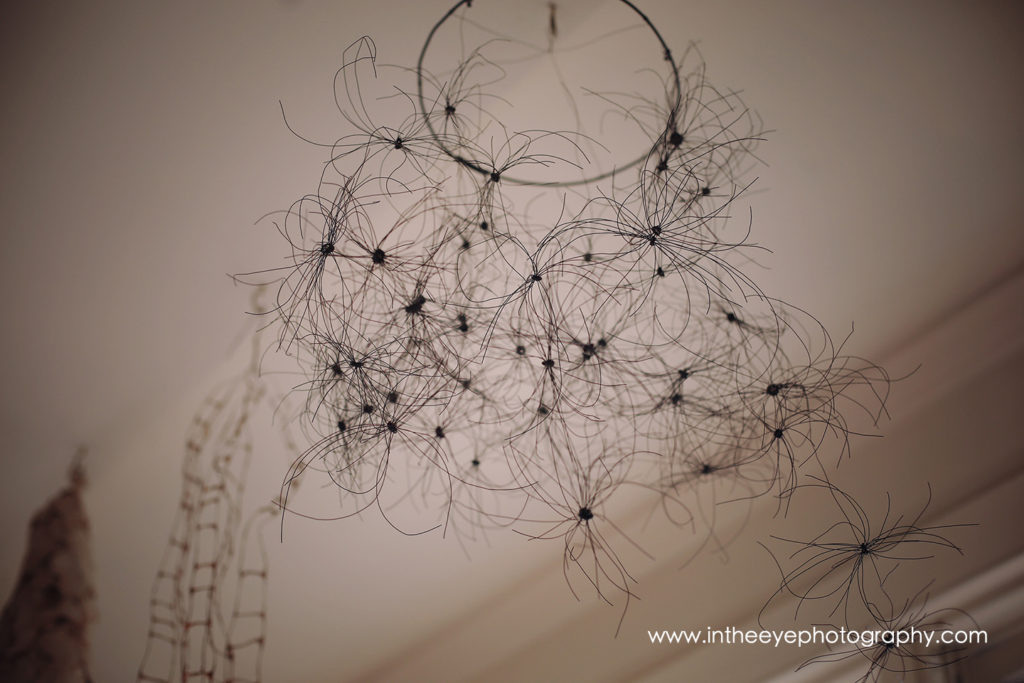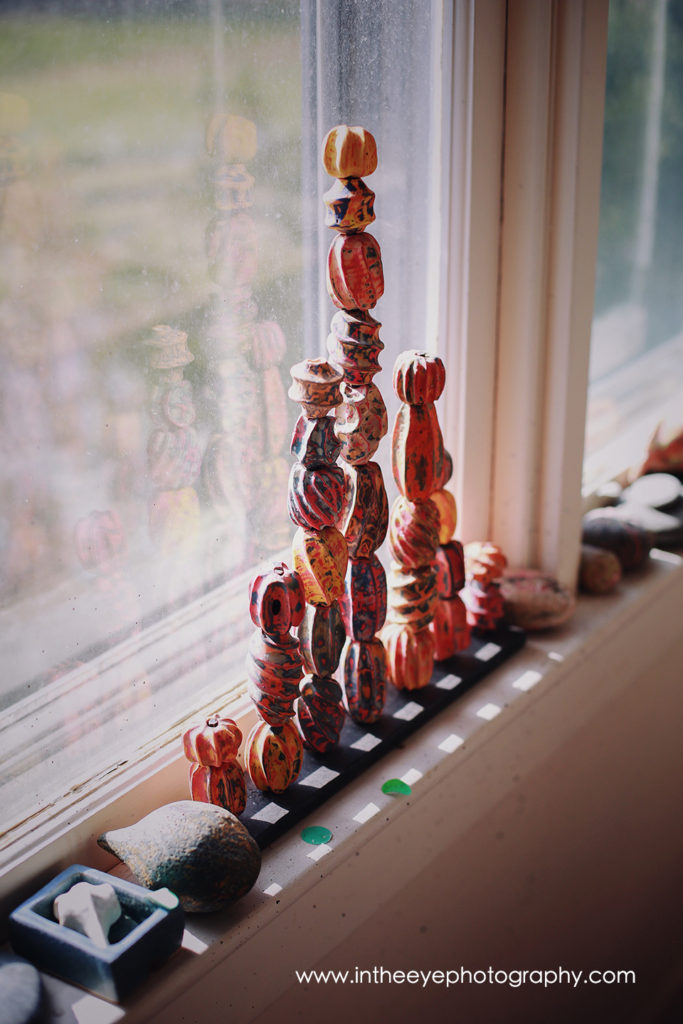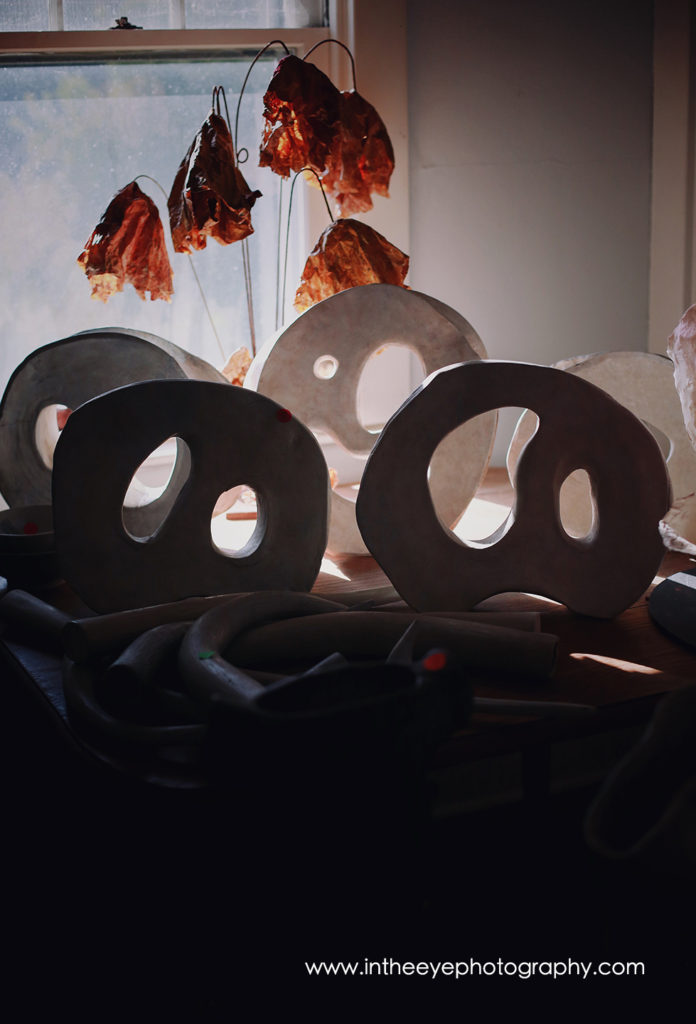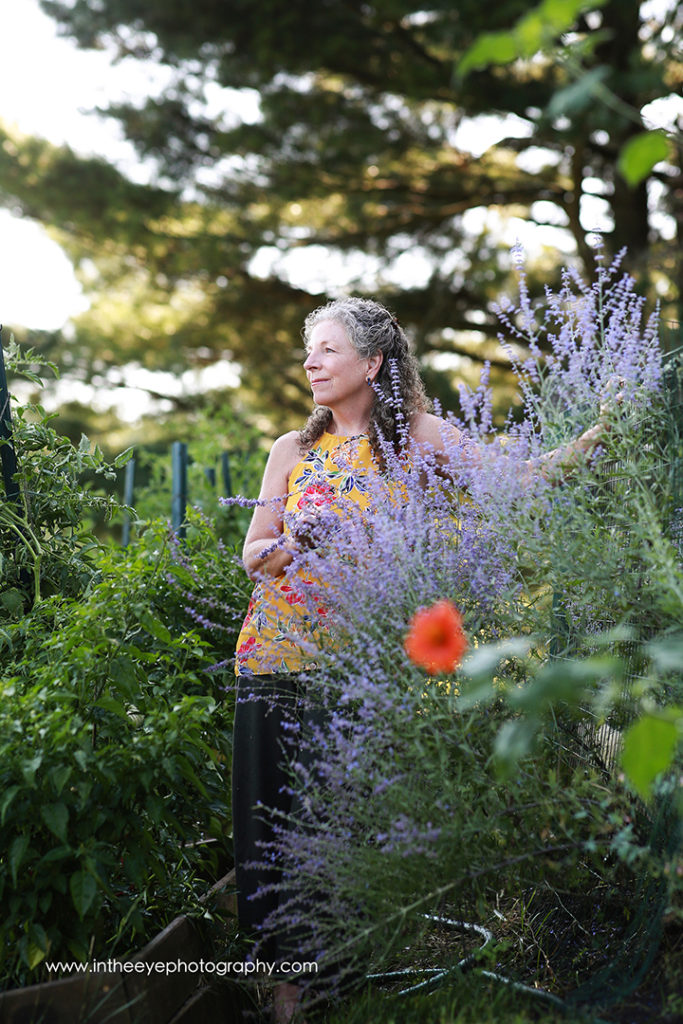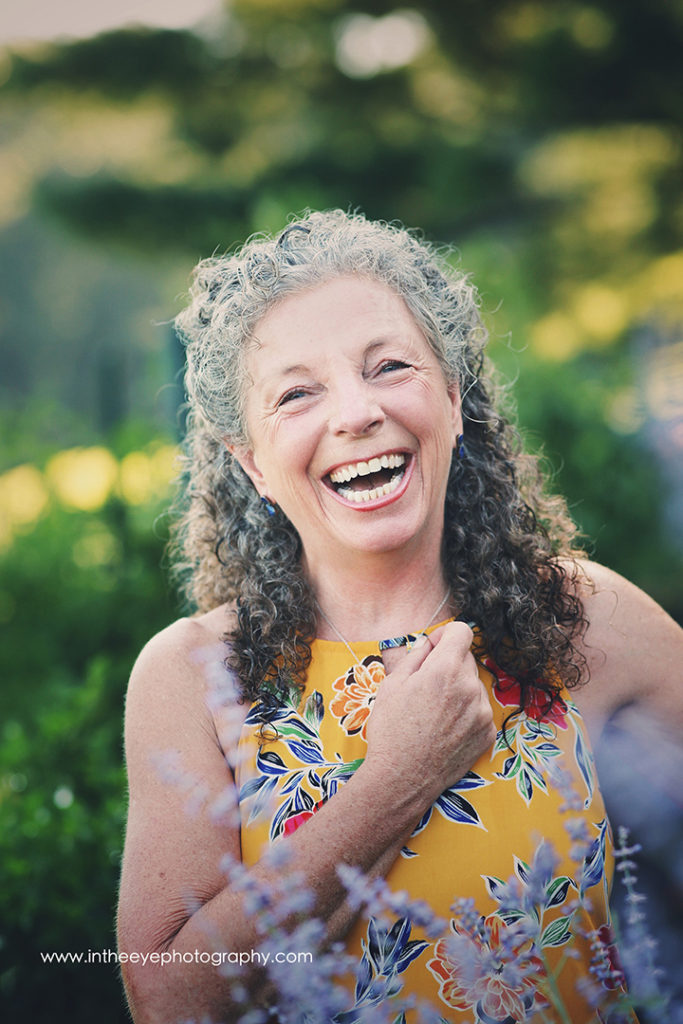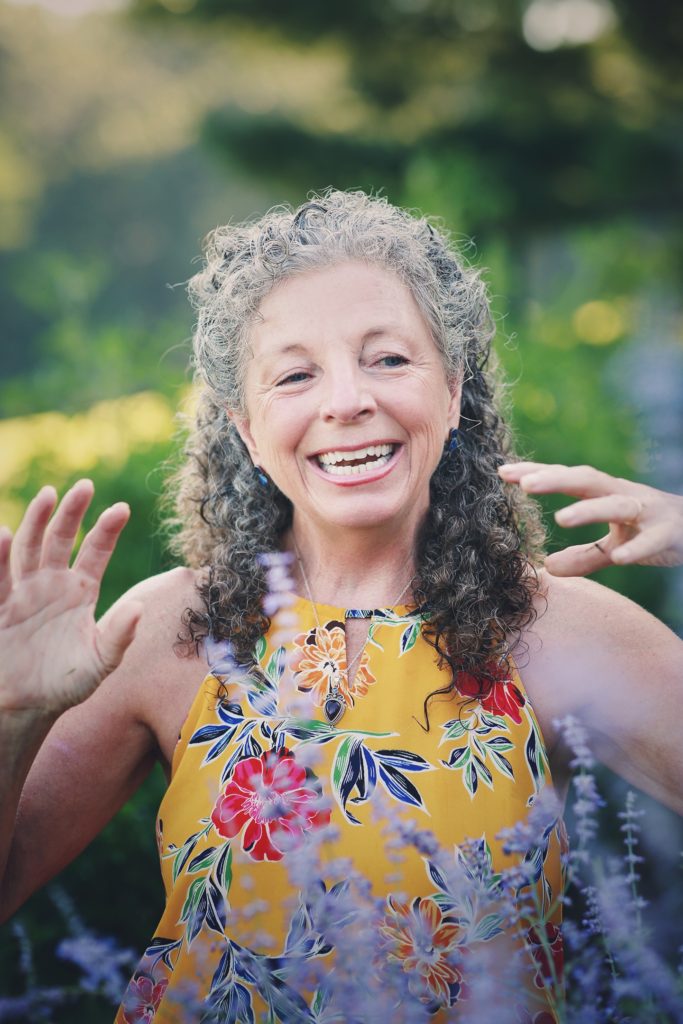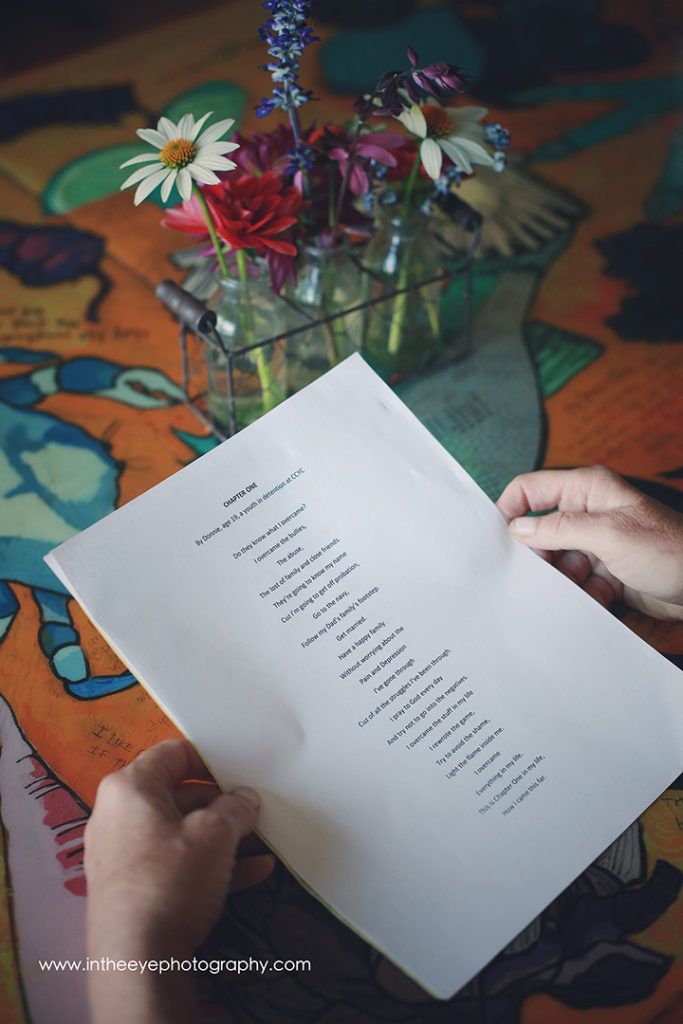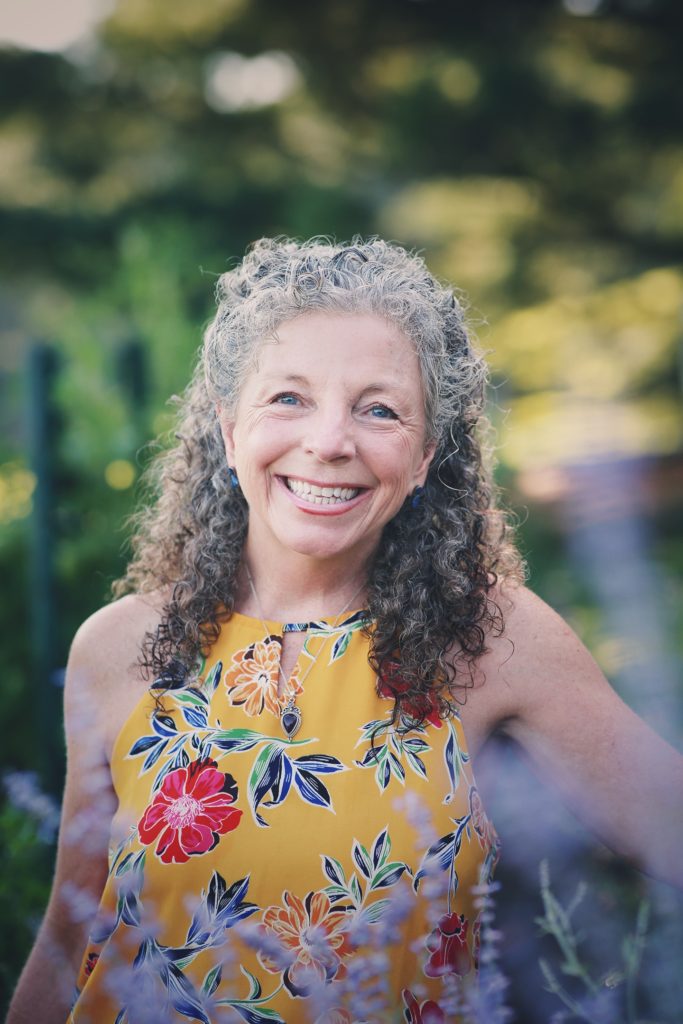Meet chefs of Sweet Amelias: Karessa & Zack
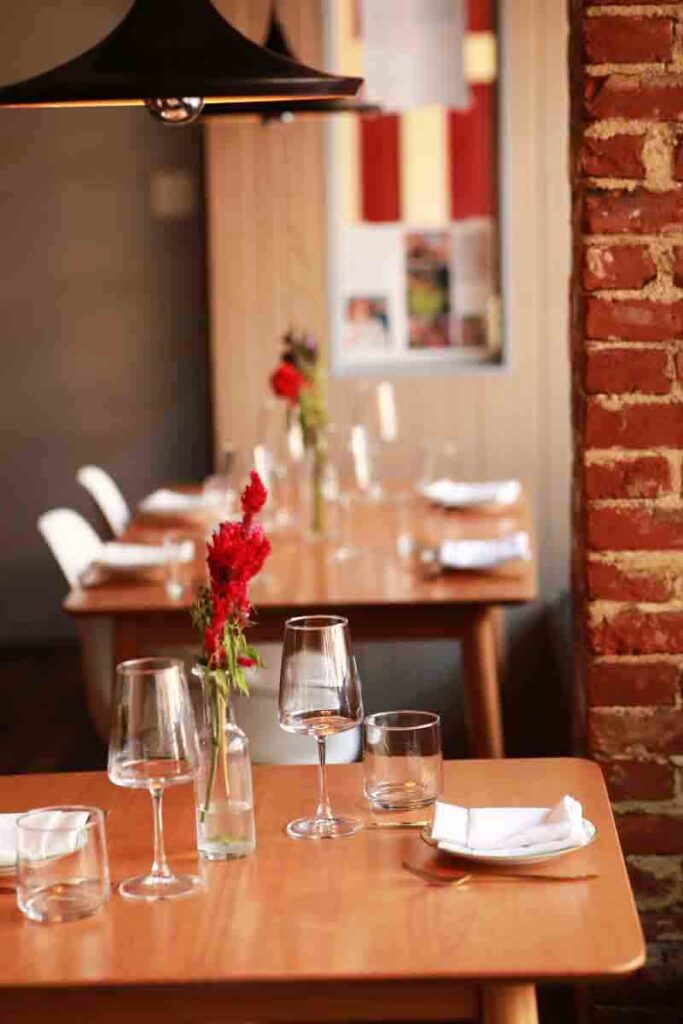
1.When did you guys first fall in love with food?
Neither of us grew up in very “foodie” environments. Karessa grew up eating a lot of casseroles and typical 90’s mom meals; Zack grew up eating a lot of TV dinners. Karessa remembers specifically eating out at a Carrabba’s, the italian franchise, and ordering chicken picatta and getting her mind blown. She decided in High school that culinary school might be fun, because people will always have to eat, so that’s where she started to branch out more with cooking and got really excited about food, cooking meals for her family. Zack always knew he loved food; his mom always tells the story of how he ordered the most expensive thing on the adult menu even as a kid. He got his first job at a caterer at a fire house at age 14 so he was introduced to the industry very early on and always knew he wanted to be a chef; the fast paced environment really called to his temperament.
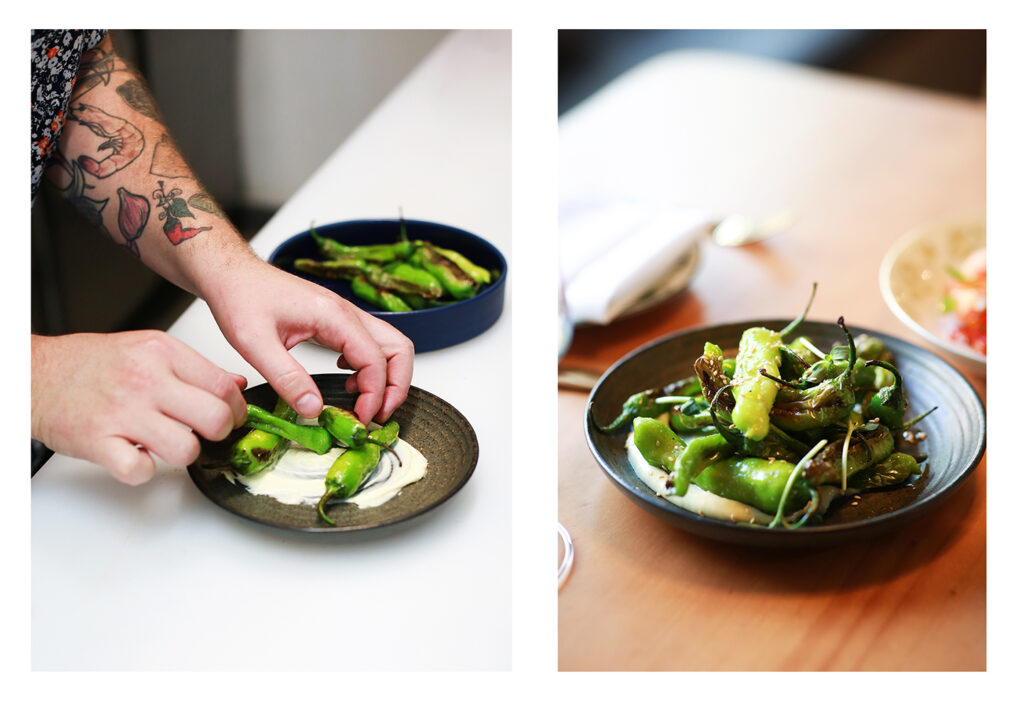
2. Is cooking more of an art or a science for you two?
Cooking is definitely more of an art form for us. We use it to express ourselves creatively and try to push the boundaries of a “normal” dish. We both very much respect the science behind food but are both awful at following a recipe. We very much cook more from the heart and do what feels right in the moment rather than following a structure. Science does go hand in hand with whatever you are cooking however, so the more science you know the more you can predict what the food is going to do. For example, pasta dough is different every day, depending on the humidity in the air, so you can tweak the recipe of the pasta dough slightly based off of the weather.
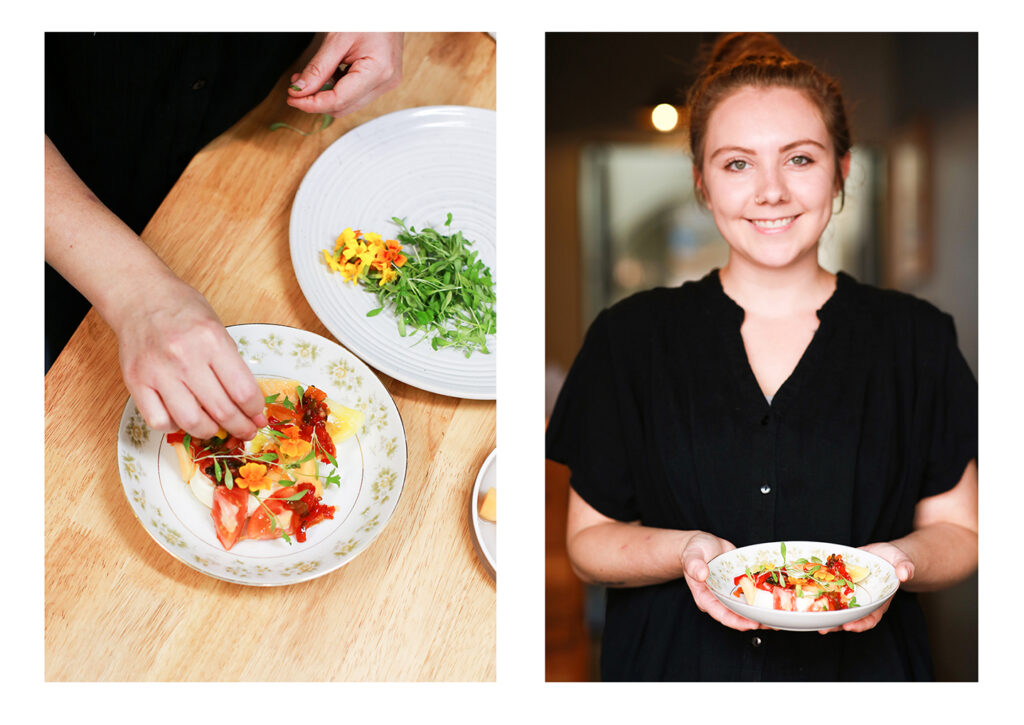
3. As chefs and restaurant owners, how important is it for you to stay in touch with nature?
We try very much to be in touch with nature, but with regulations it’s much easier to connect with our community and the farmers in it who are able and much more knowledgeable in that field. We don’t have a lot of time to explore and be in nature as much as we like but we did get a little experience in foraging with ramp season this year which got us very excited. We support nature by staying local and seasonal as best to our abilities.
4. So how are you two coming up with your new recipes or ideas these days?
Towards the end of every month we have kitchen meetings where we sit down with our cookbooks and a list of ingredients coming with the farmers and see what inspiration strikes. It really takes a team to bounce ideas off of each other and complete a dish. It helps to keep our menu semi structured; for example the set number of items in each section and we try to have vegetarian options, a dip, a raw vegetable or salad dish and a toast or bread dish. We also try to stay updated with the current trends in the food world. Once we have the menu ideas solidified on paper the rest of the month is about r&d to see what works and what doesn’t.
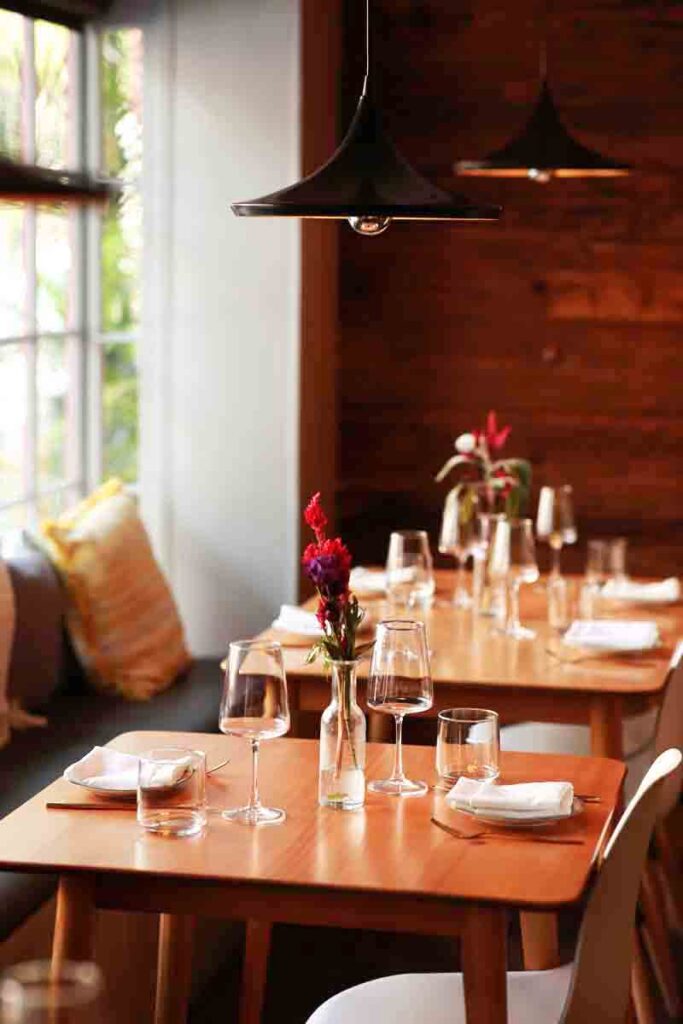
5. Which ingredient are you most obsessed with at the moment?
Zack has worked with Keisers Pheasantry farm for a while now and we’re getting pheasants from him right now, they’re very fun. We’re utilitizing the whole bird by making a sausage from the legs and wrapping the breast and sausage in the skin into a roulade. We’re also very excited about the baby ginger we’re getting from our farmer Liam from full table farms. The ginger is more delicate than fully grown ginger with edible skin. We’re also utilizing the leaves from the plant by steaming fish in it, so that’s a fun use of the whole plant. Zacks little sister Ashley is our pastry chef, and she brought us back some fresh chamomile from her recent vacation to Lebanon and it’s pretty incredible. We’re using that in our honey custard right now.
You can check their website here: https://sweetameliasksq.com/
